Top 50 most visited destinations
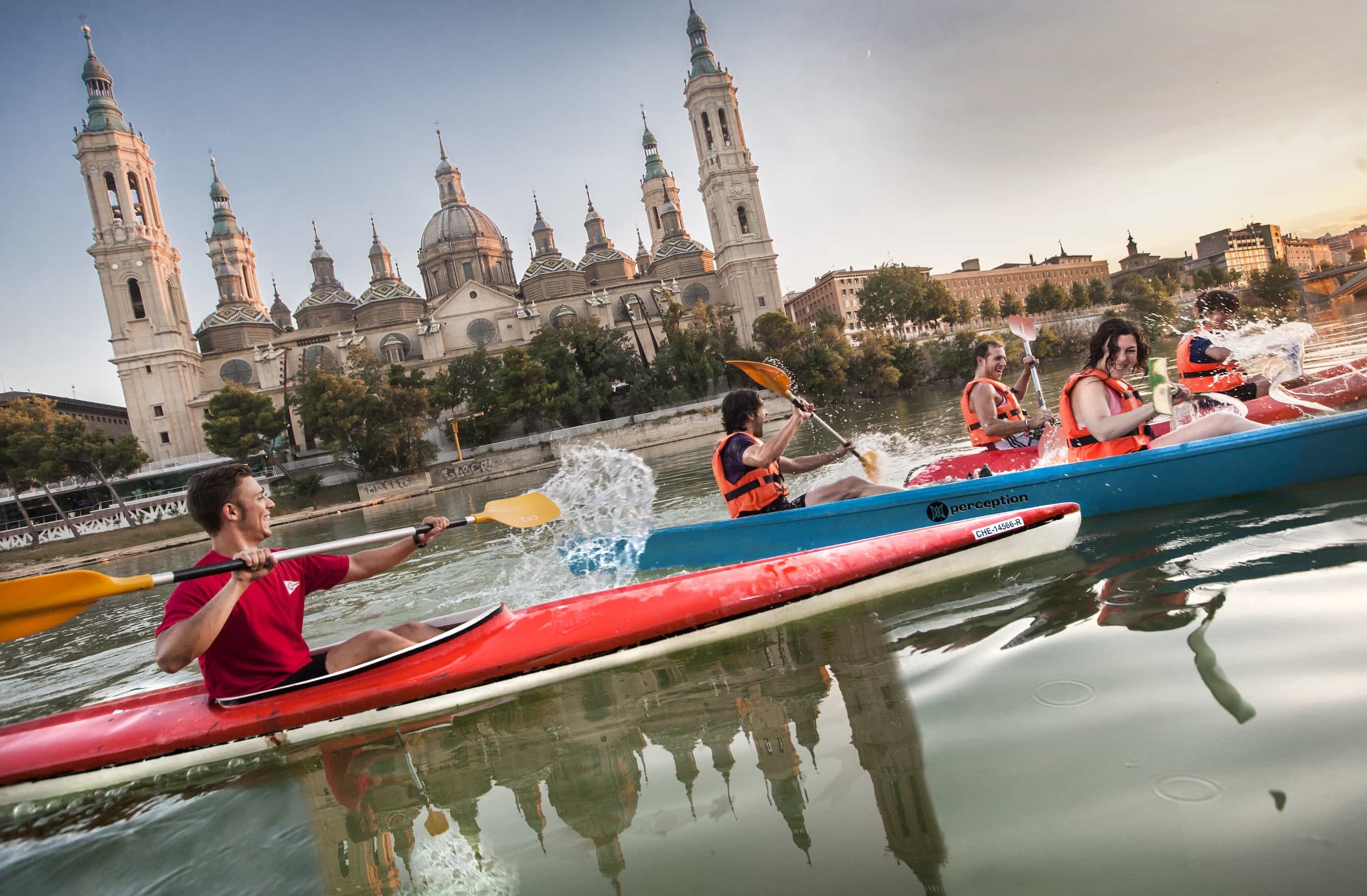
Zaragoza
Romans, Muslims, Jewish and Christians left their own print in this crossway, so the list of must-see monuments is endless
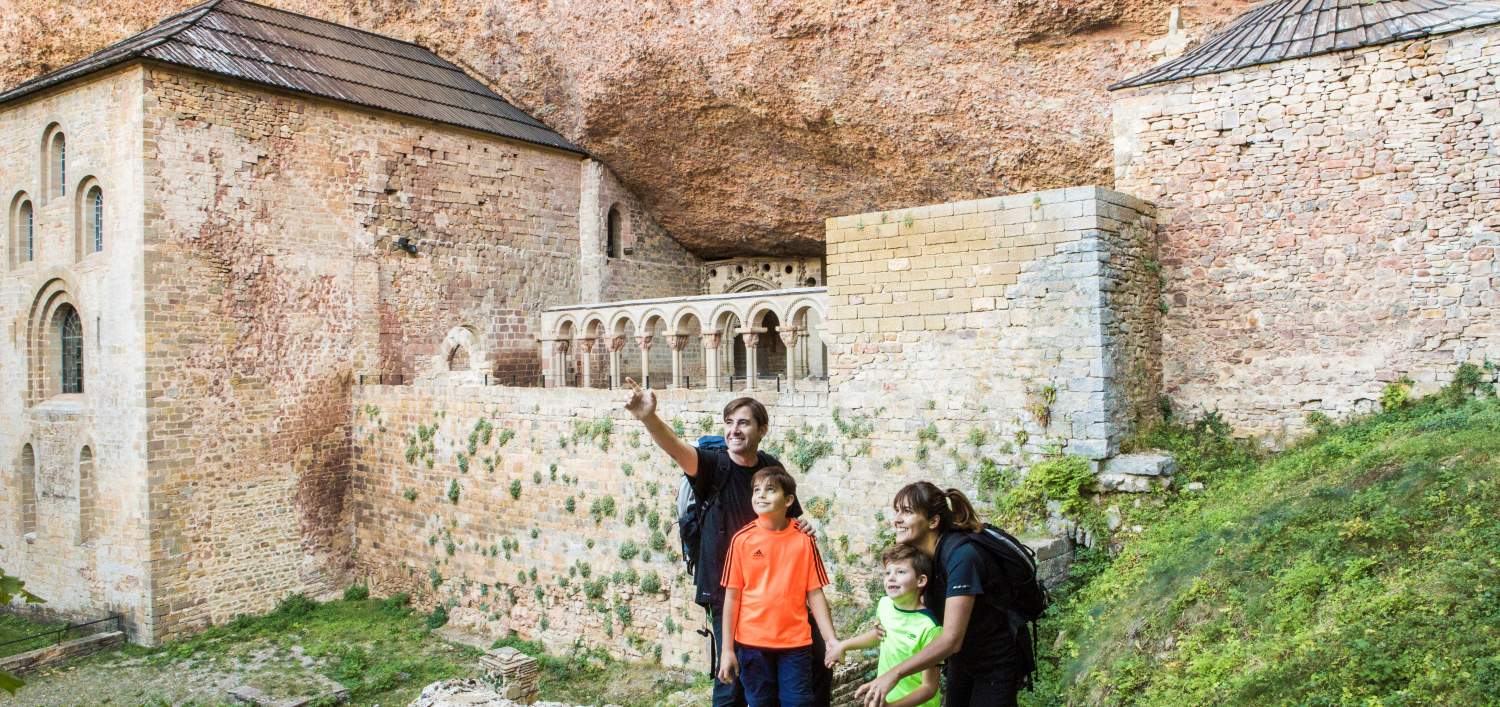
Monastery San Juan de la Peña
Cradle to the Kingdom of Aragón and origin of misterious legends. San Juan de la Peña monastery, built under a…
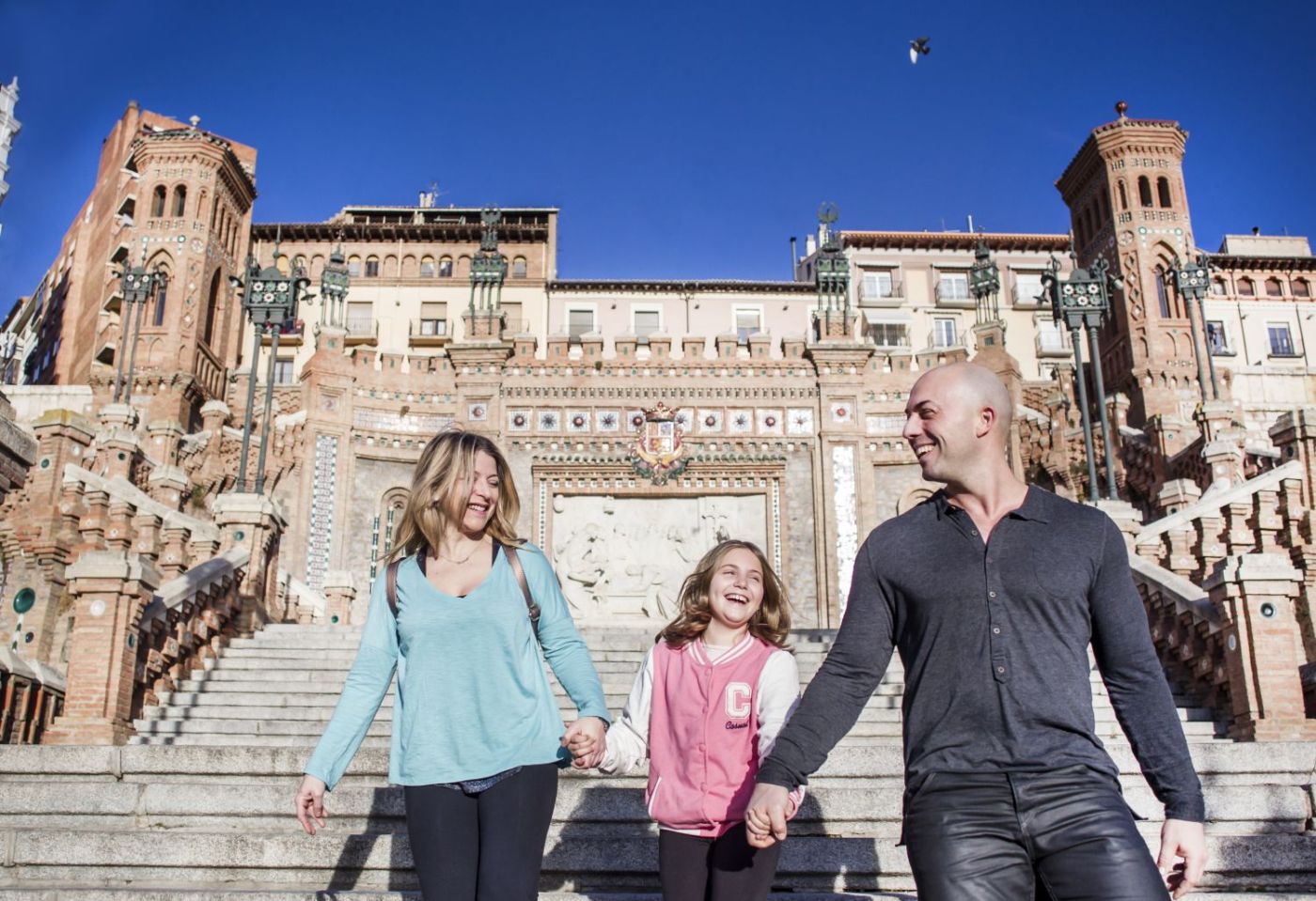
Teruel
Welcome to the city of ‘Mudejar’ art, the Lovers and the vivacious ‘Vaquilla’ (Little cow) celebrations
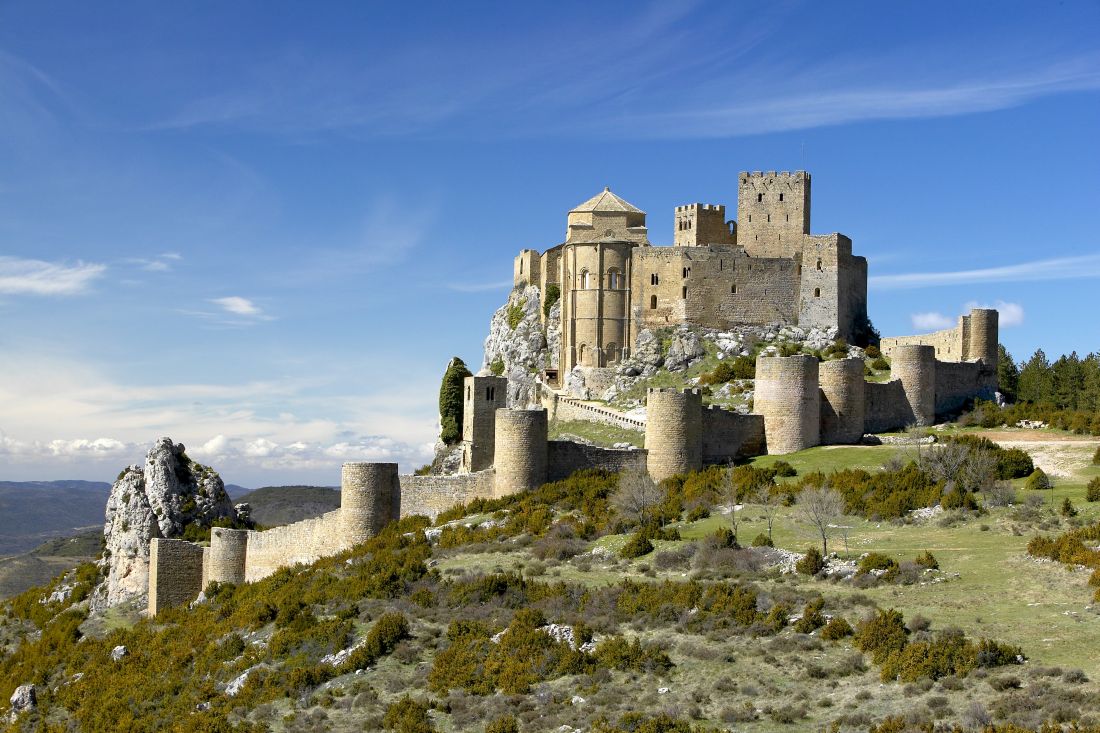
Castle of Loarre
The astonishing wall around it and the eleven towers will welcome you. Built during the 11th century, it was first…
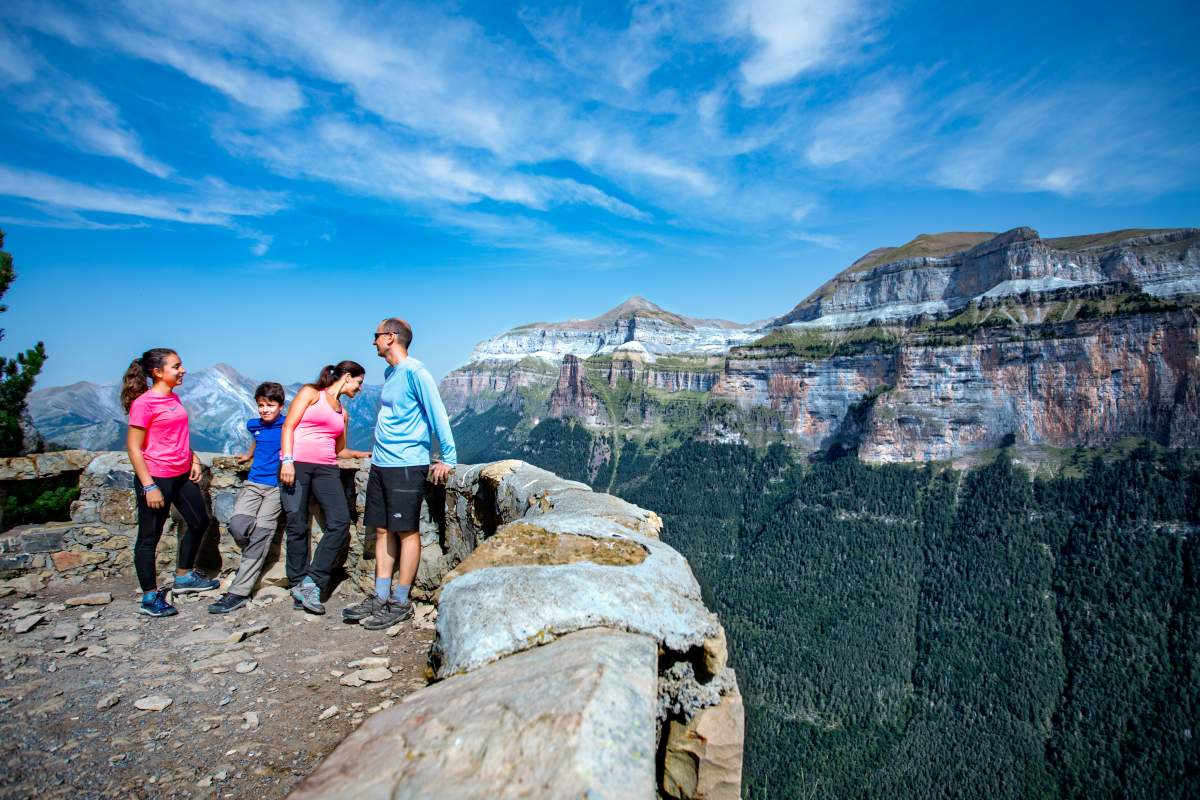
Ordesa and Monte Perdido National Park
Declared World Heritage by Unesco, Ordesa and Monte Perdido National Park hosts four valleys (Ordesa, Añisclo, Escuaín and Pineta), embracing…
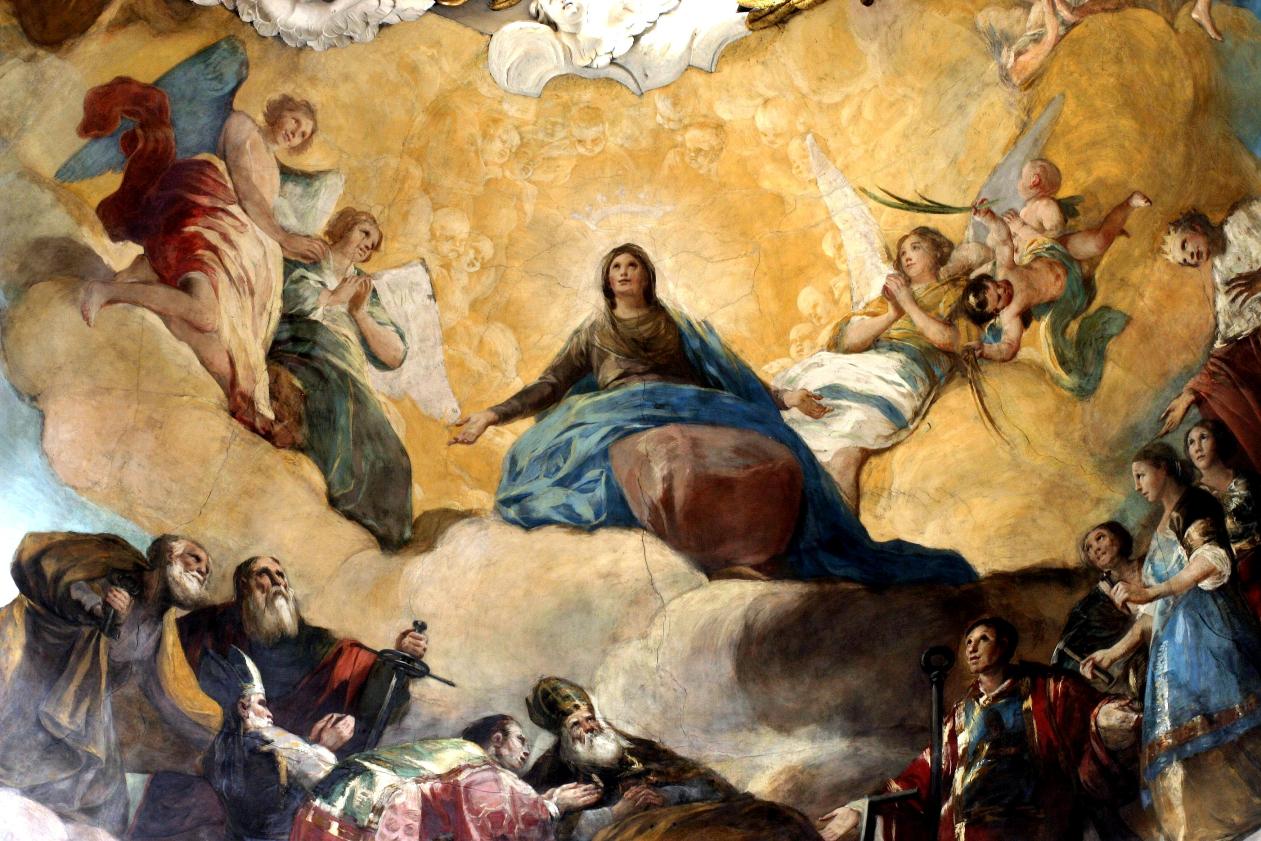
Goya in Aragon
We invite you to visit his origins and his legacy in this land. Come over his home place in Fuendetodos,…
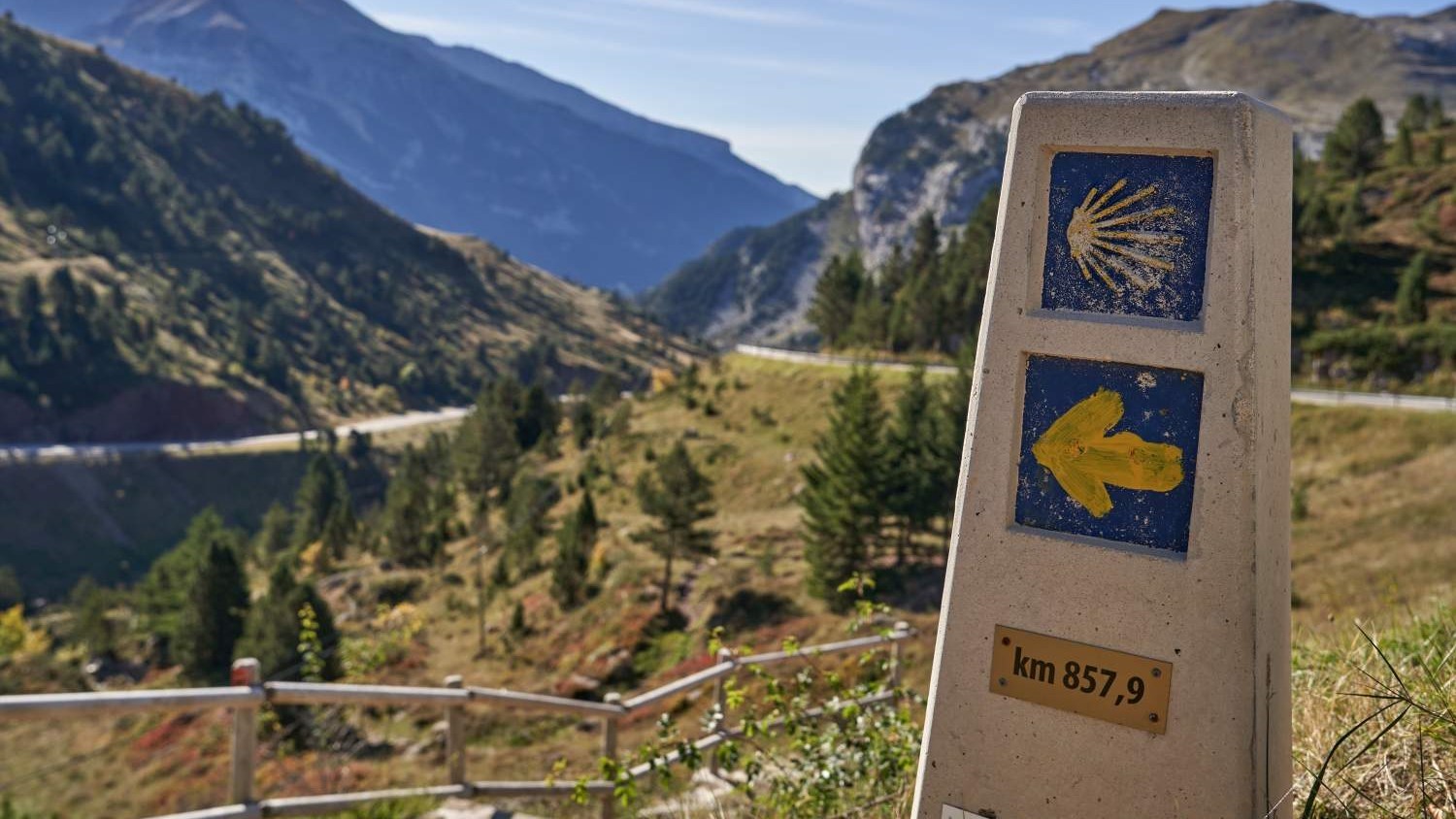
Route of Santiago through Aragón
From Somport pass, at 1,640 m above sea level, starts this historic route crossing the Pyrenees and descending through Aragón…
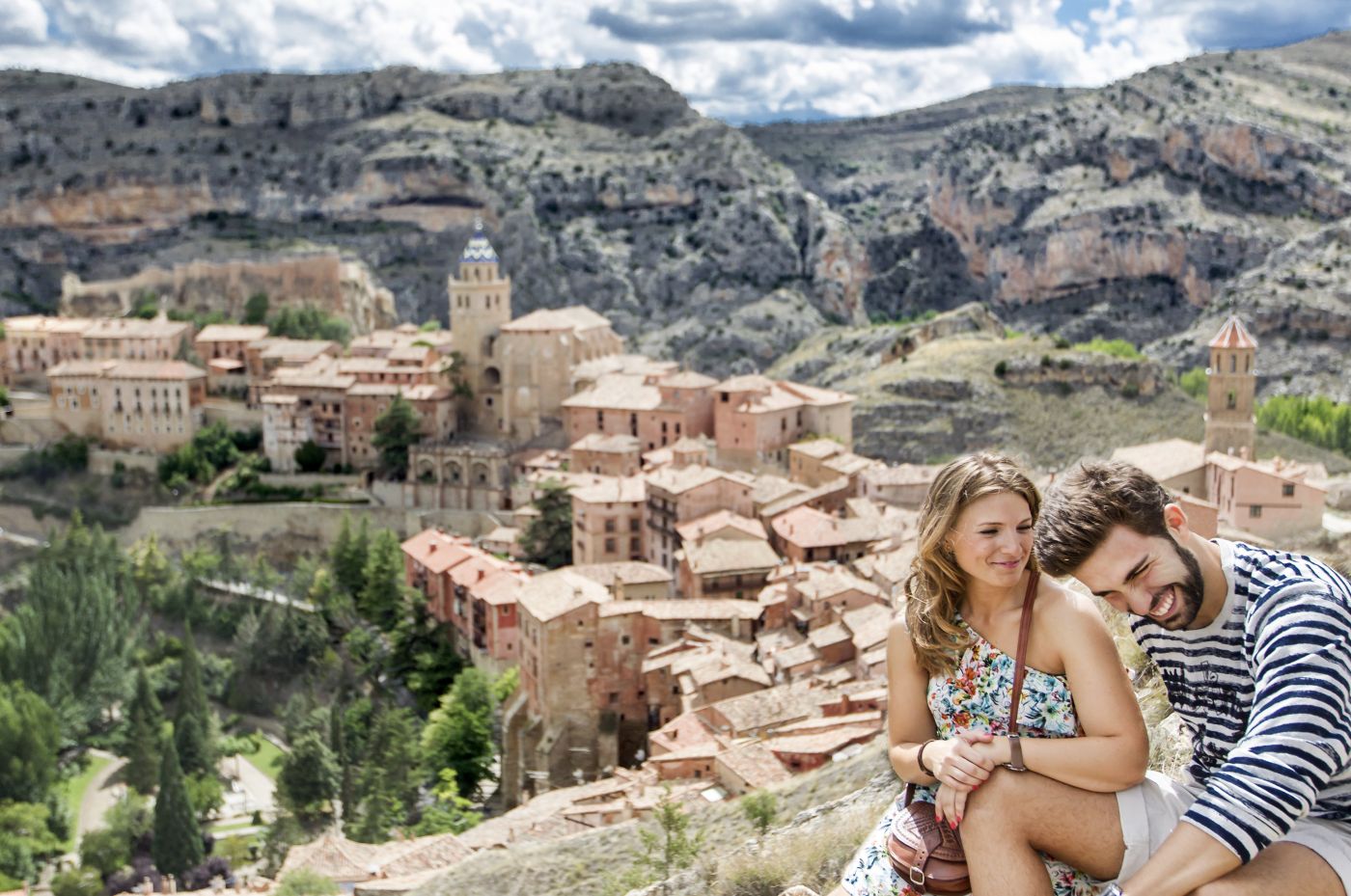
Albarracín
Albarracín is a unique place. Taking promenades along this town, walking along the city wall and stepping into its monuments…
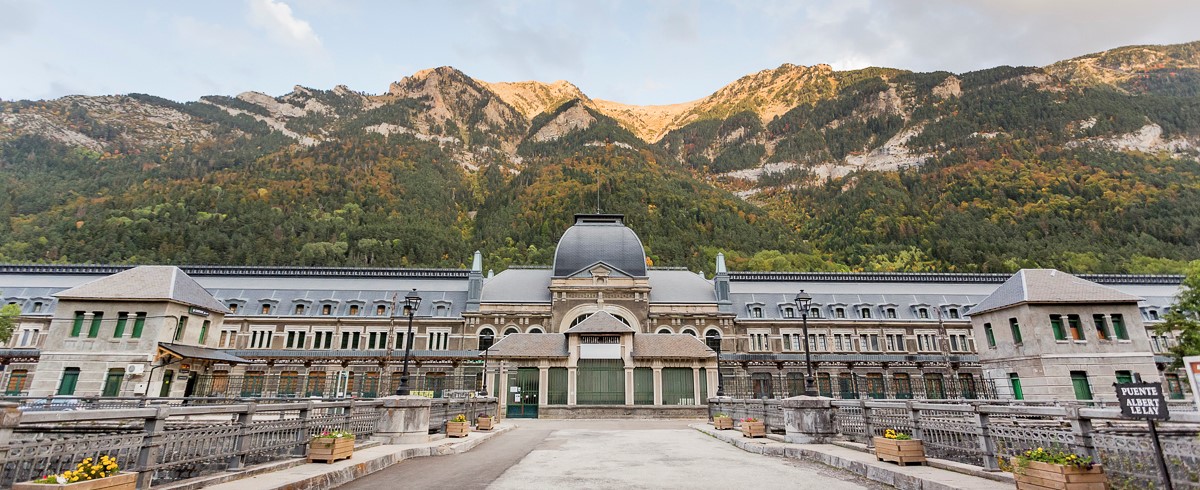
Canfranc Train Station
Surprisingly elegant, it was inaugurated in 1928 by King Alfonso XIII, and is a very beautiful example of industrial architecture…
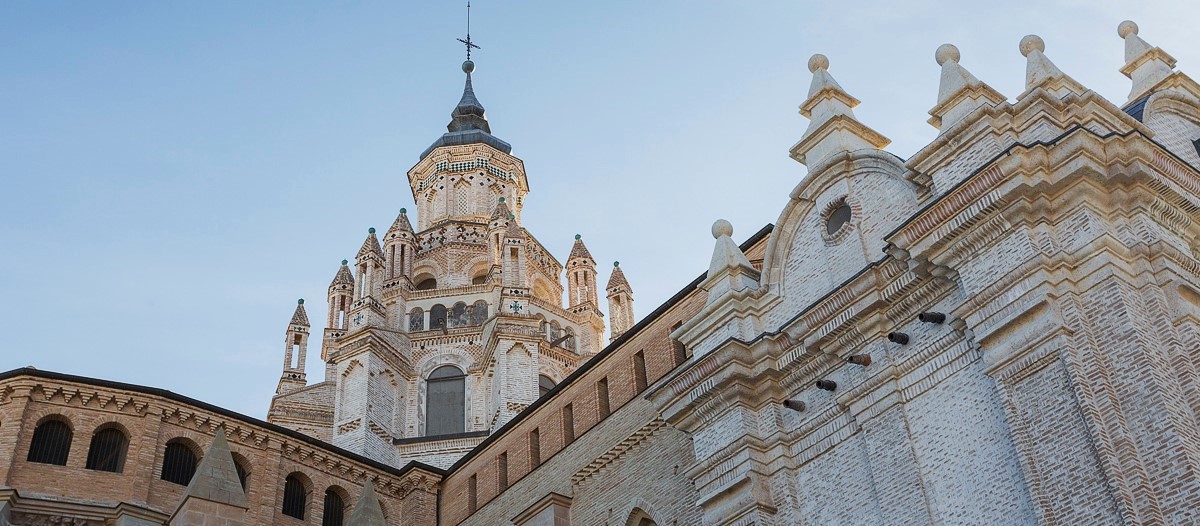
Tarazona
Apart from home place to Singer Raquel Meller and comediant Paco Martínez Soria, Tarazona can show off a long list…
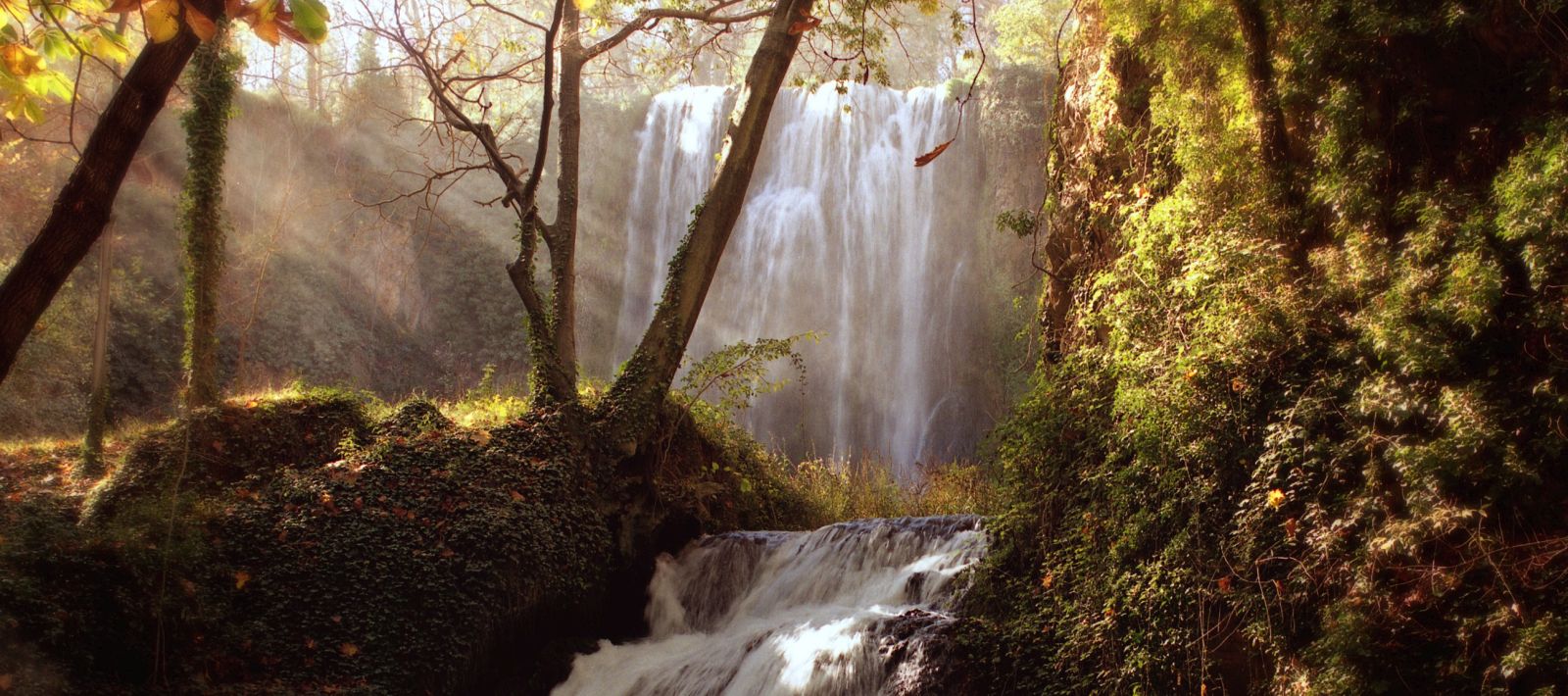
Monastery of Piedra
While flowing down, Piedra river forms across Nuévalos a natural scenery around a monastery founded by Cistercian monks in 12th century. Bask around the sound of water. Waterfalls, caves and beauty pools coexist in an unusual vergel where green reigns in the middle of a desert landscape.
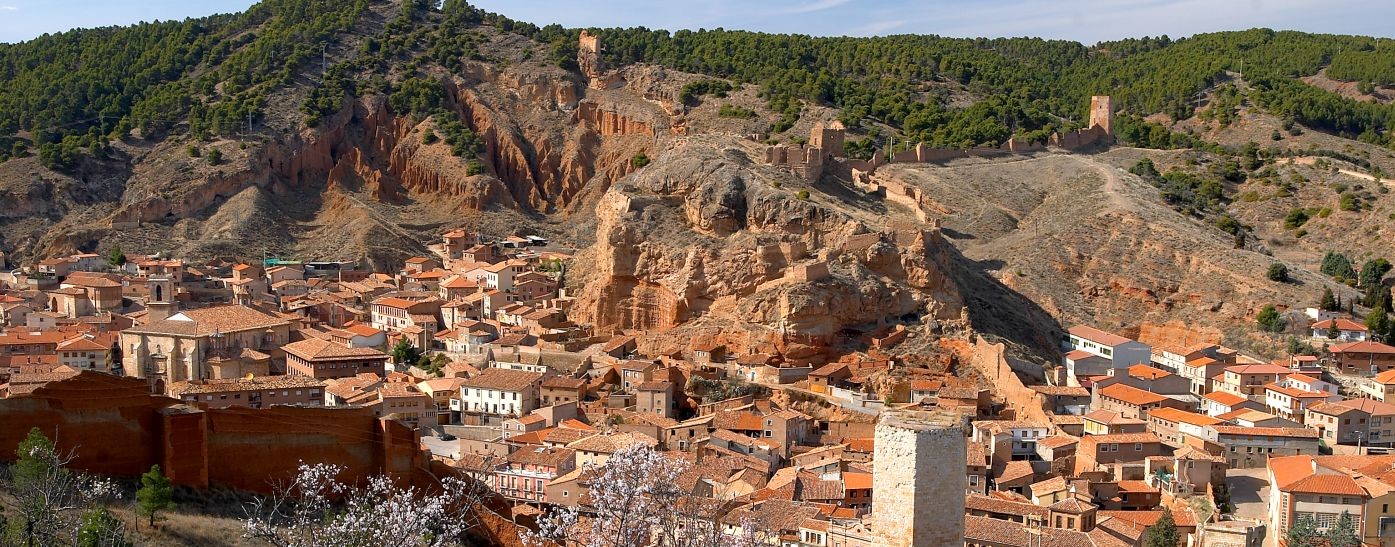
Daroca
Watched by the remains of an ancient castle, Daroca stands up, one of the most beautiful towns in Aragón. Out of question, one of the charms in it is walking along the town walls, with its impressive towers and then going on up to the castle, where a delightful sightseeing can be seen.
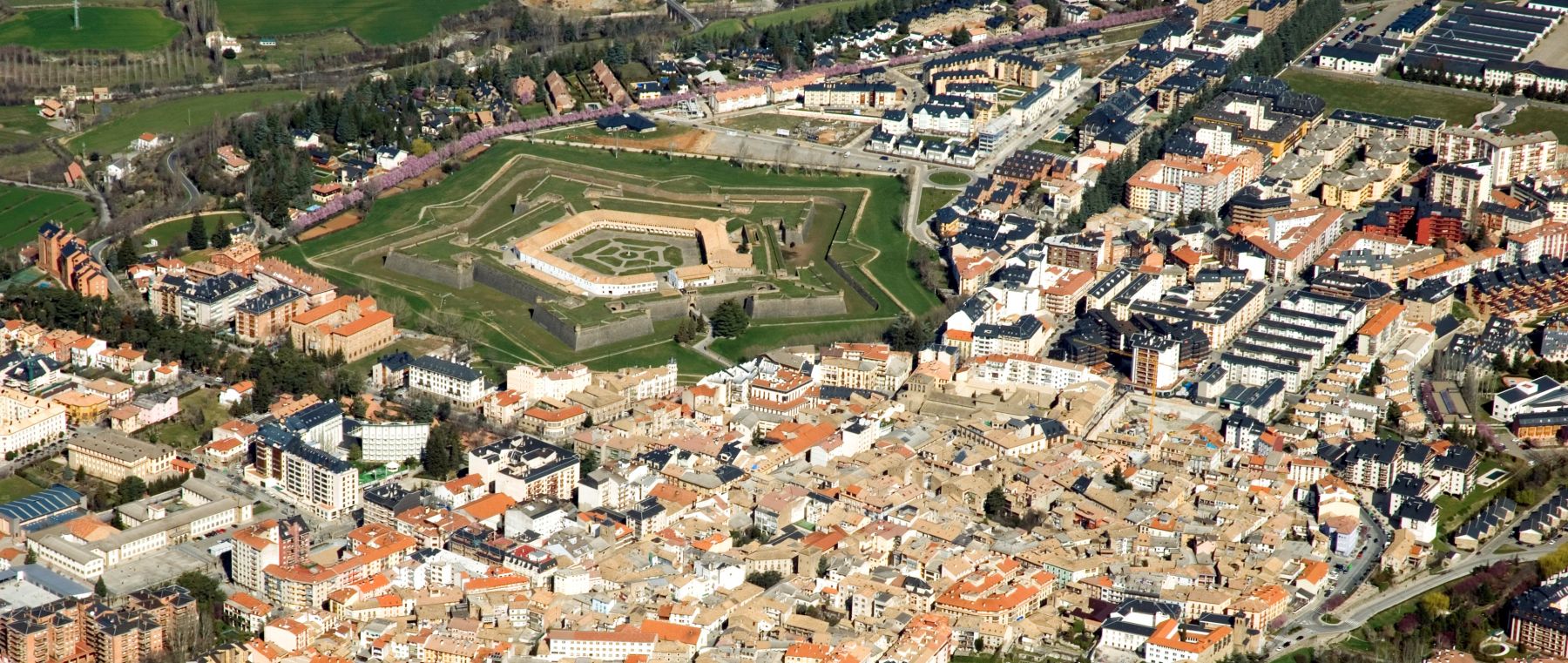
Jaca
It is vivacious joining together modernity, tradition, history, wonderful landscapes and a unique cultural heritage. Being so close to Astún and Candanchú Winter resorts make it the snow capital and its streets are vivacious in any season along the year.
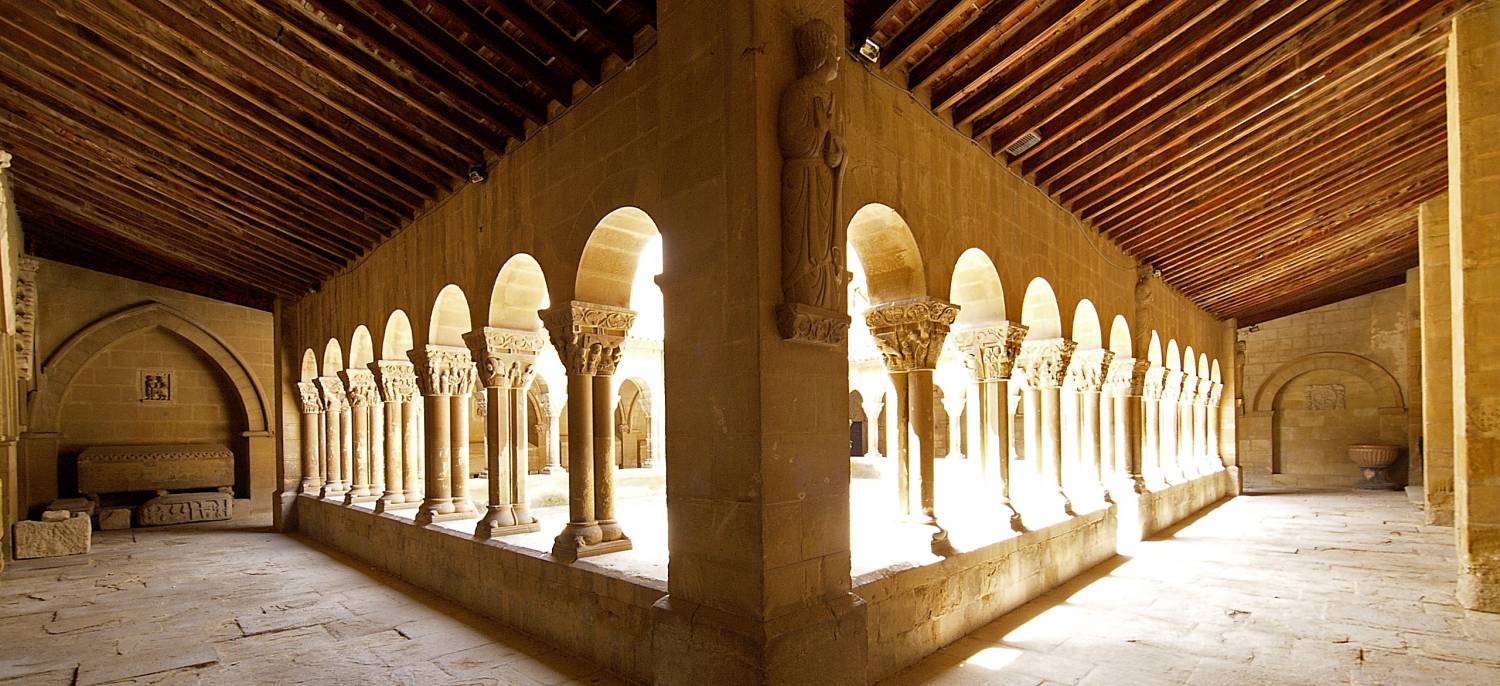
Huesca
It is the best place for promenades, slow living and kind people. Walk along the old town as much as you can and don’t miss the gothic cathedral and ‘San Pedro el Viejo’ church and Romanesque cloister, one of the best examples of Romanesque in Aragón.
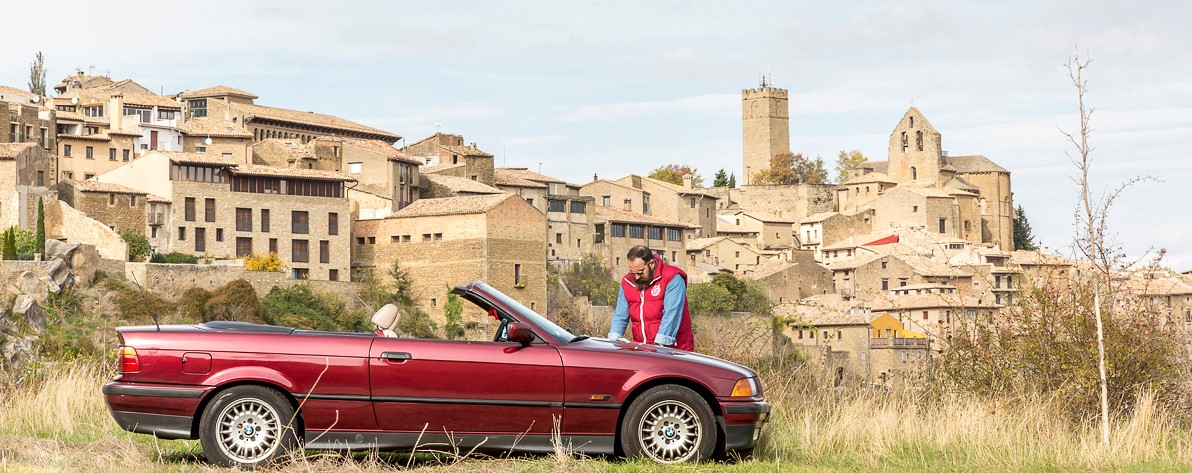
Sos del Rey Católico
Hometown to King ‘Fernando el Católico’, it stands on a hill and meant, a long time ago, an important border between the ancient kingdoms of Aragón and Navarre. Sos is declared National Heritage and shows off one of the best medieval villages in Aragón.
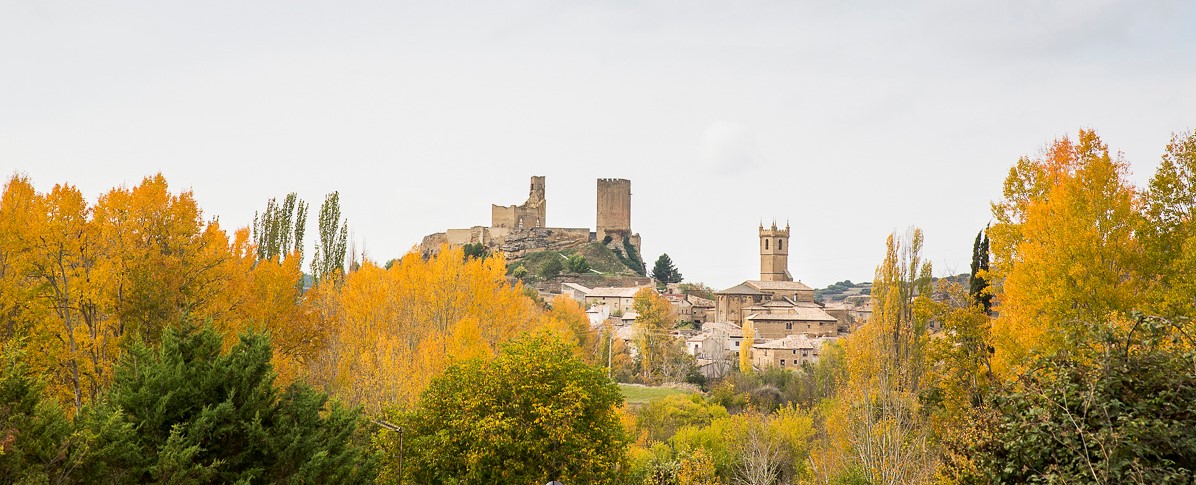
Uncastillo
Crowned by the fortress which baptized the village, Uncastillo hosts several Romanesque churches and an extraordinary artistic heritage, truthful witnesses from thriving Uncastillo’s ancient times.
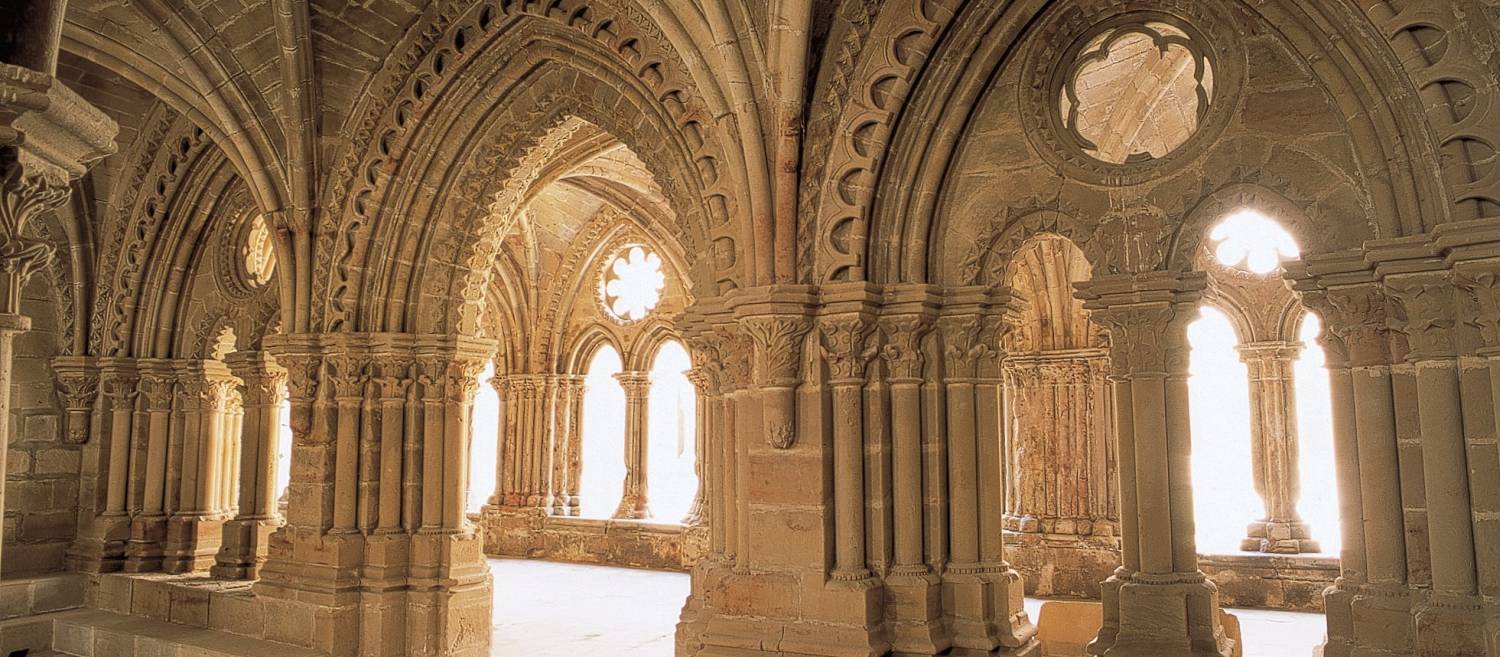
Monastery of Rueda
Its building works started around year 1022, but we must step back in time to find the Cister Order origin in itself. This order was founded as a regeneration in monastic life happened in 11th century, involving a strong religious and artistic effect.
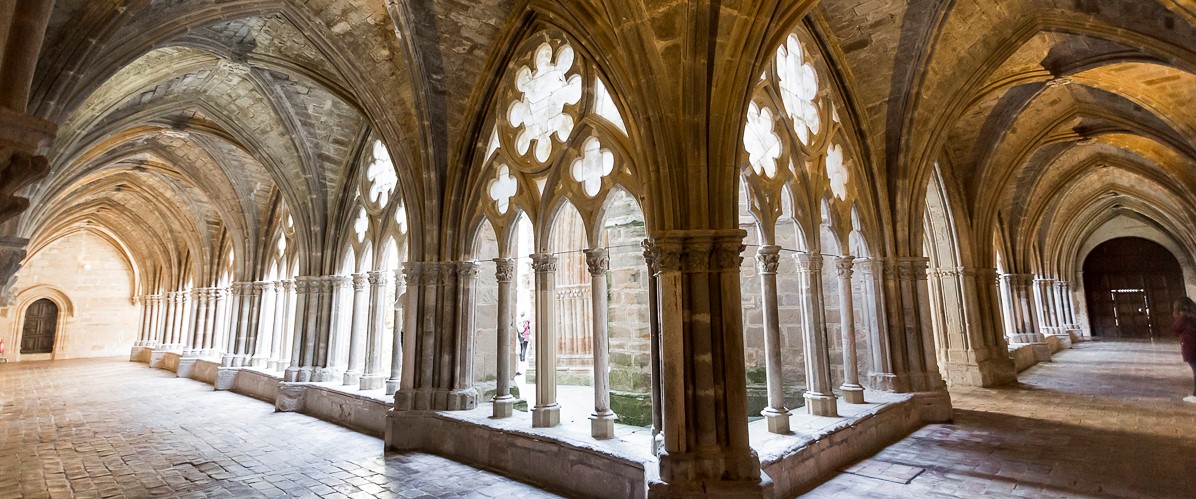
Monastery of Veruela
Cistercian Order arrival in Aragón enhanced the region with new spiritual and cultural values, as well as political and economic. Praying and working were the foundations for dwellers in Veruela.

Centre Buñuel Calanda
Born in Calanda, he is not only one of the best and most influential cinema directors in the world, but also incarnates in his works symbols, inspirations and Aragonese traditions which make him a cultural icon and a landmark for this country.

Cajal
The link between Nobel Prize Ramón y Cajal with his home town, particularly remarked by the scientist in his memories, are shown in the Route Cajal, across three of the locations where he spent his early years: Ayerbe, Valpalmas and Linás de Marcuello.
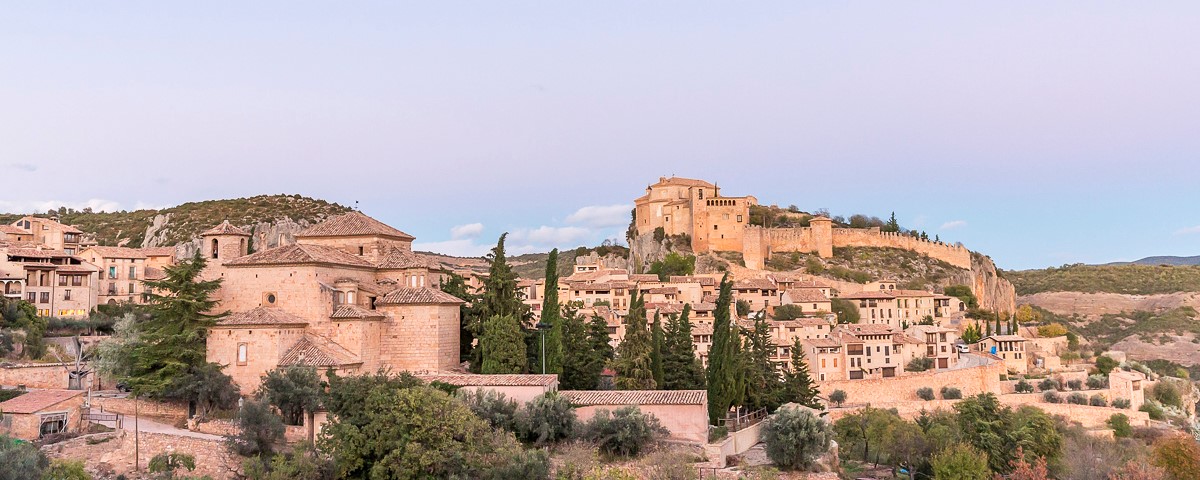
Alquézar
Declared Historic Artistic Heritage, the village of Alquézar invites you to step back in time through a relaxing promenade along narrow streets of cobblestones and most emblematic corners.
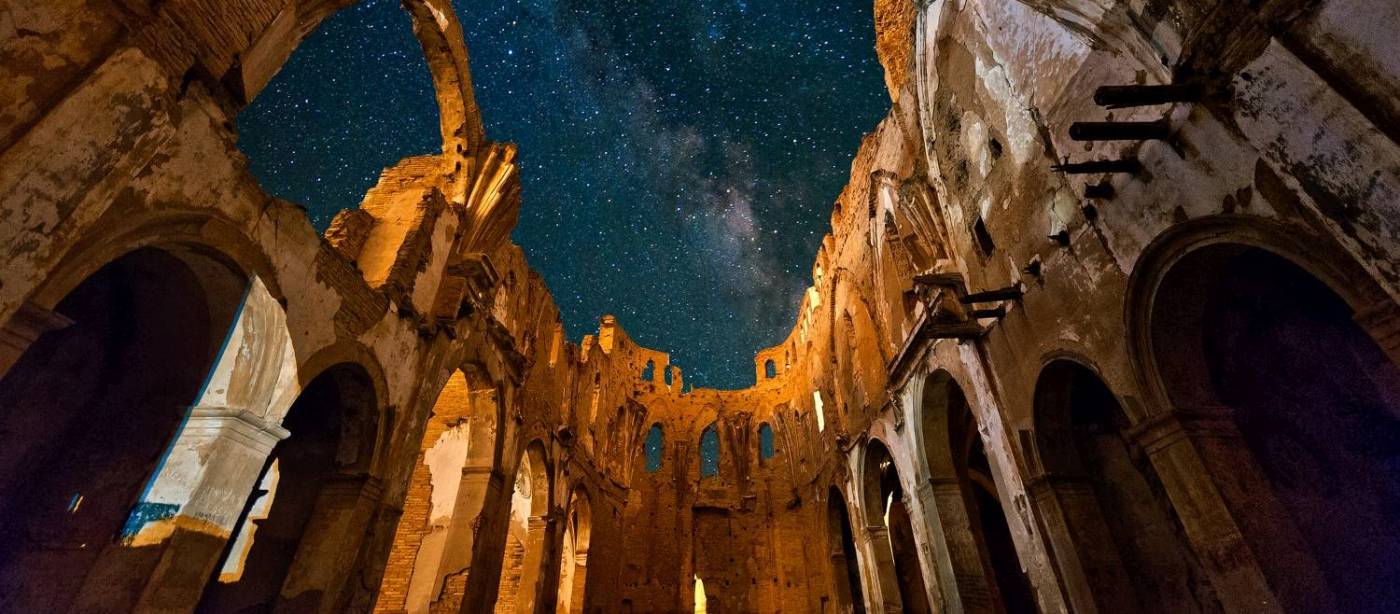
Belchite
Right beside the new town, famous old town is still standing, in ruins since it was bombed and wiped out during our evil Civil War. Surprisingly, many of these ruins keep splendor from past times, like ‘San Martín de Tours’ church, Clock Tower and ‘San Roque’ and ‘de la villa’ arcs.
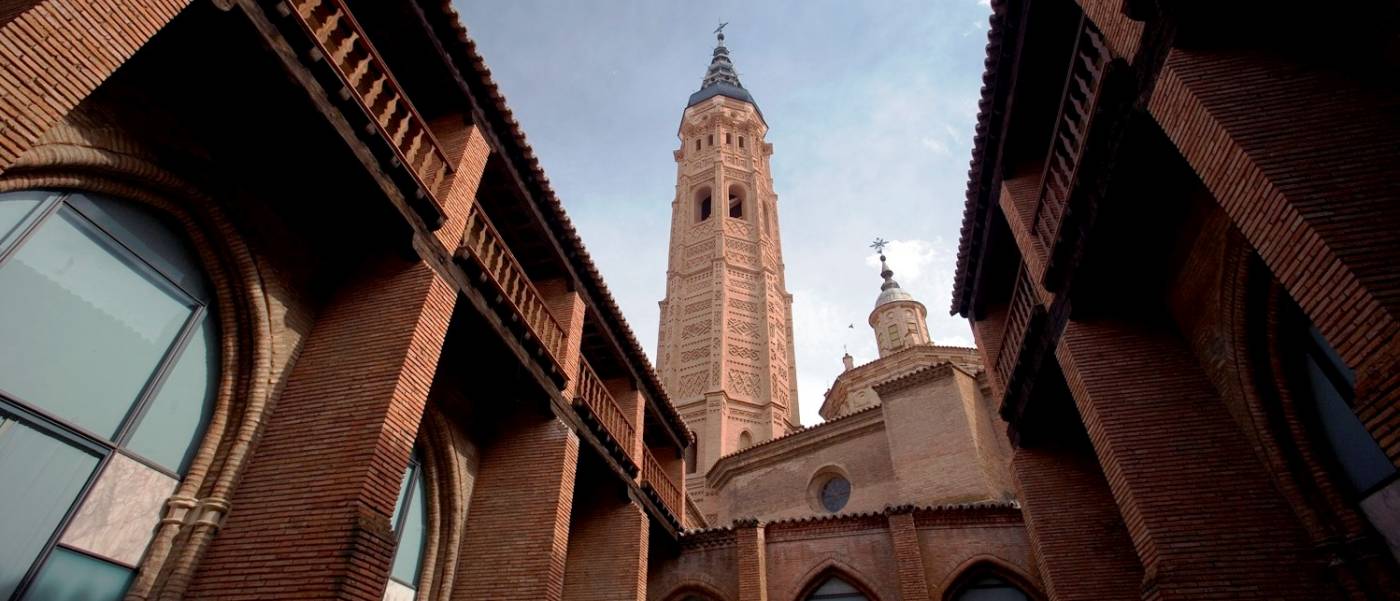
Calatayud
The fourth largest town in Aragón, in the middle of a fertile garden and orchard area, it has a privileged location between Zaragoza and Madrid, showing off proudly dynamism and economic puissance.
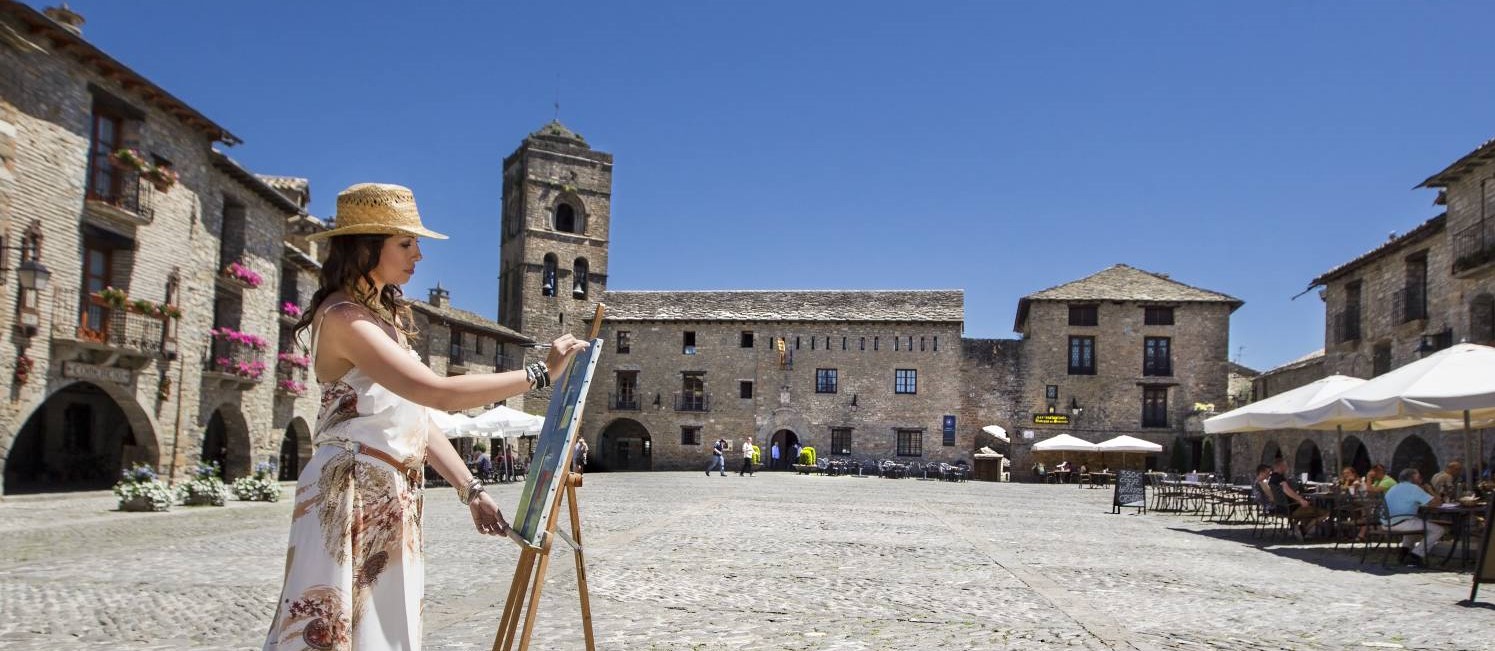
Aínsa
The village is located where rivers Ara and Cinca come together, under Peña Montañesa gazing. In the old town time seems to have halted during Middle Age, not in vain it is catalogued as Historic-Artistic Heritage.
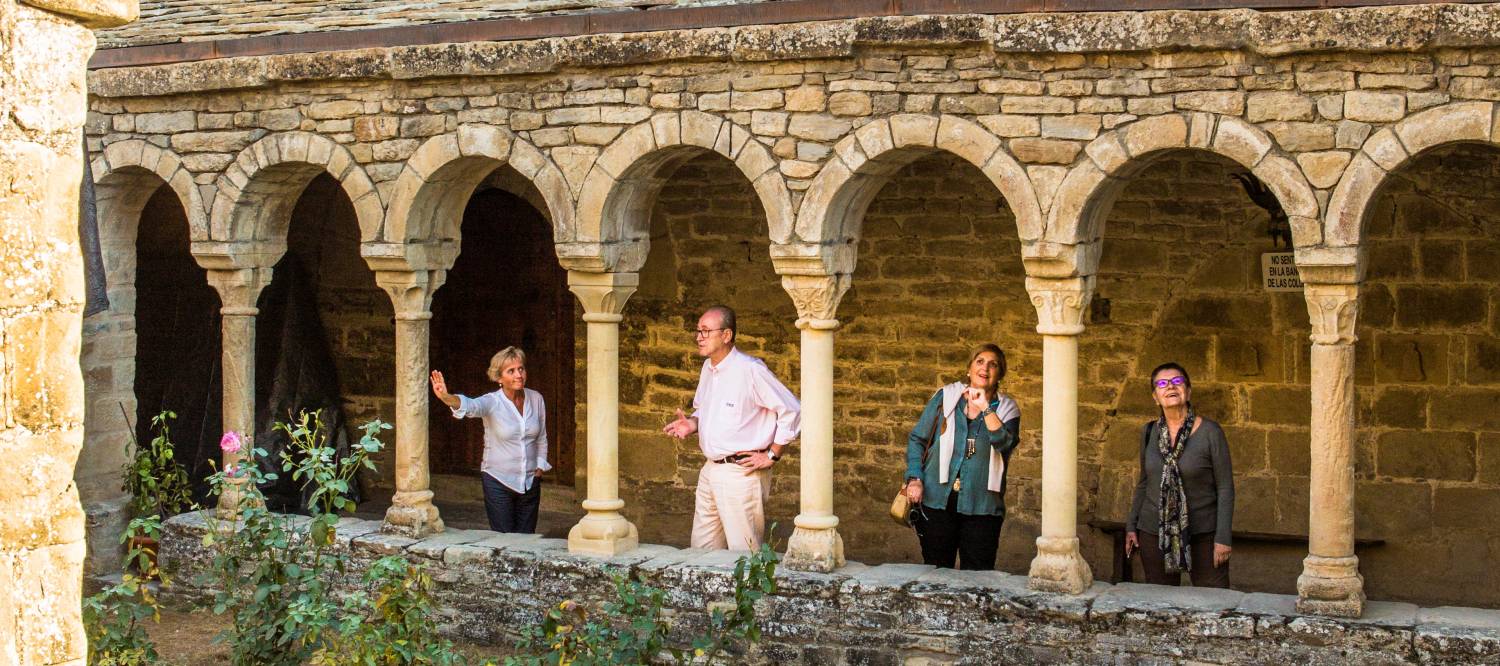
Roda de Isábena
Intricate alleys form the crooked old part in the medieval jewel in Aragón. The porticoes, passageways and walls will make your imagination fly you away to the most remarkable time of this village.

Montañana (Huesca)
Walking slowly this hamlet in the Pyrenees and watching quietly the small stone facades will allow you to step back in time and to picture what life used to be in Middle Age. Only a few hamlets in the Pyrenees preserve their essence as much as this, anchored in the past and still free from mass tourism.
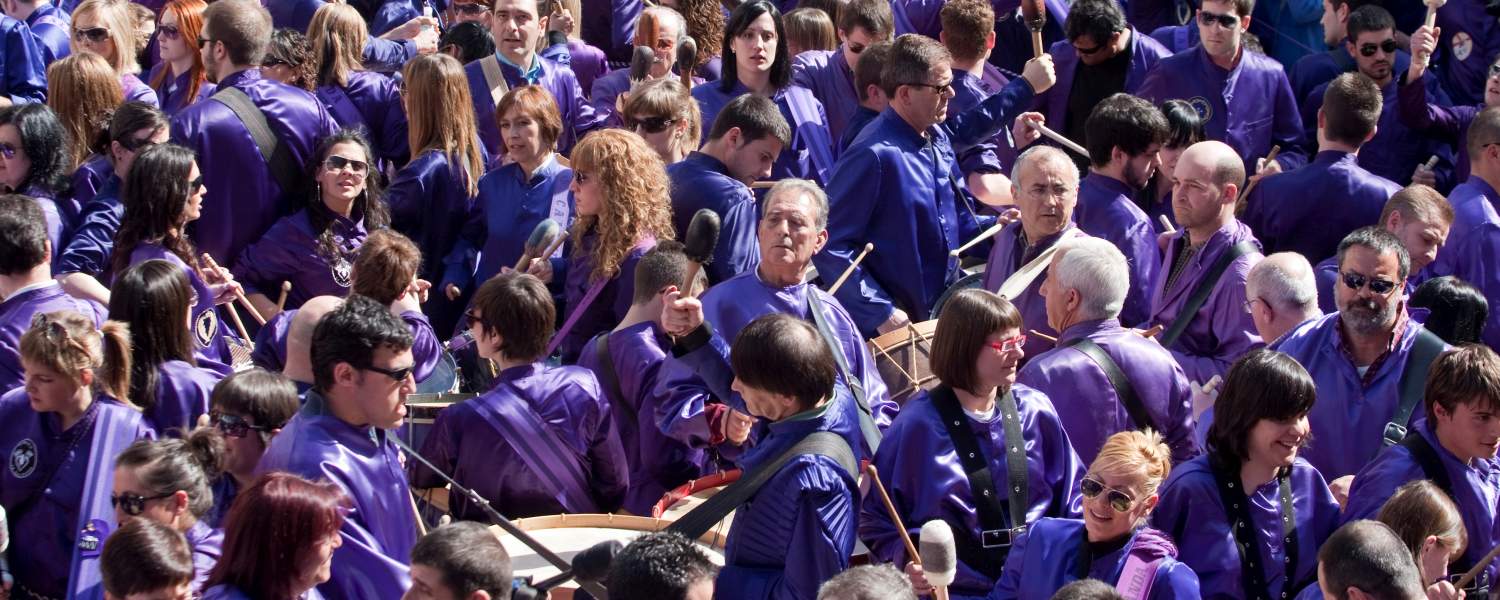
Drum and bass drum’s route
Hundreds of drums and bass drums shake in one voice in one of the most thrilling and amazing moments during Easter in ‘Bajo Aragón’: ‘rompida de la hora’ or the moment when the time is broken. Come and live Christ’s Passion at any of Teruel’s villages forming part of this Route.
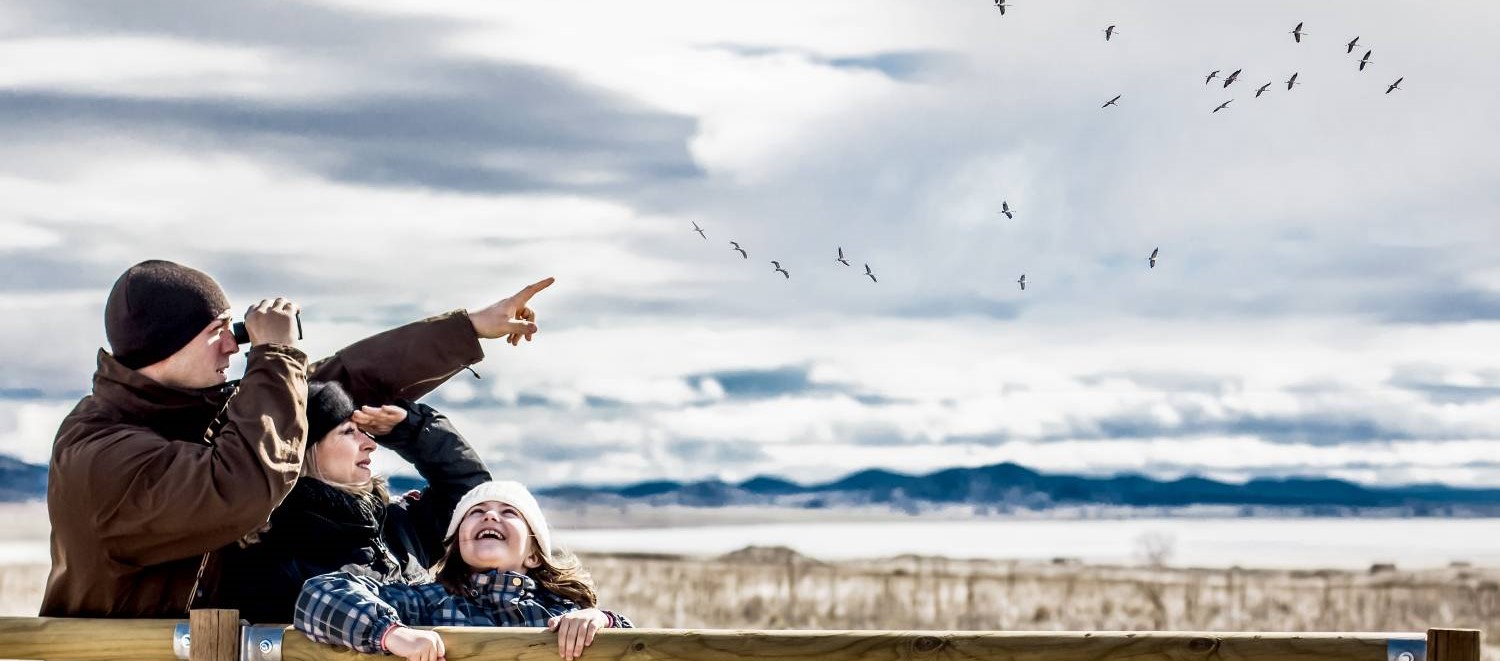
Gallocanta pool
This beautiful enclave is famous for being a real paradise for birds. Every Winter, it is the chosen location by cranes to stop over during their migrations, up to 60,000 individuals. A really worth living show for human eyes and ears worth living.
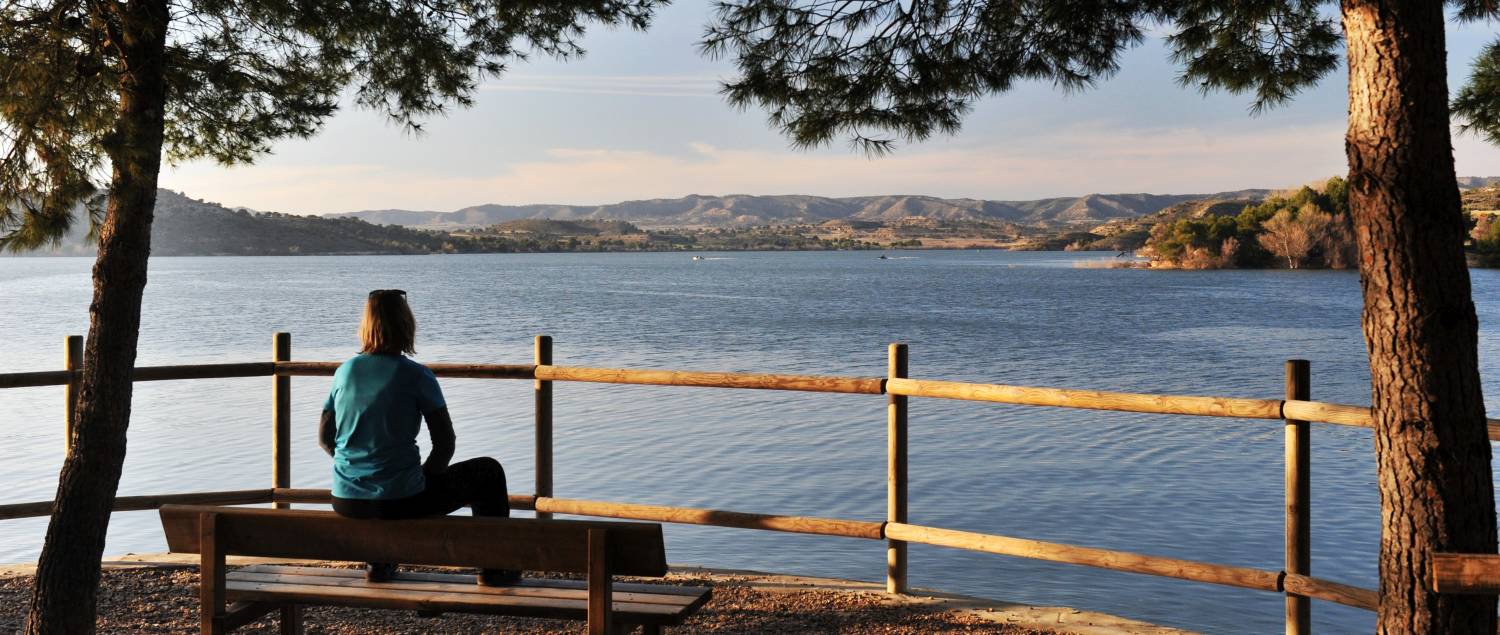
Aragón Sea
It is the largest river swamp in the Iberian Peninsula, built in 1965 originally as tow swamps in a row, and which originated a 500 km inland coastal resort, forming a privileged place for adventure and water sports and a reference for fishing enthusiasts all over Europe.
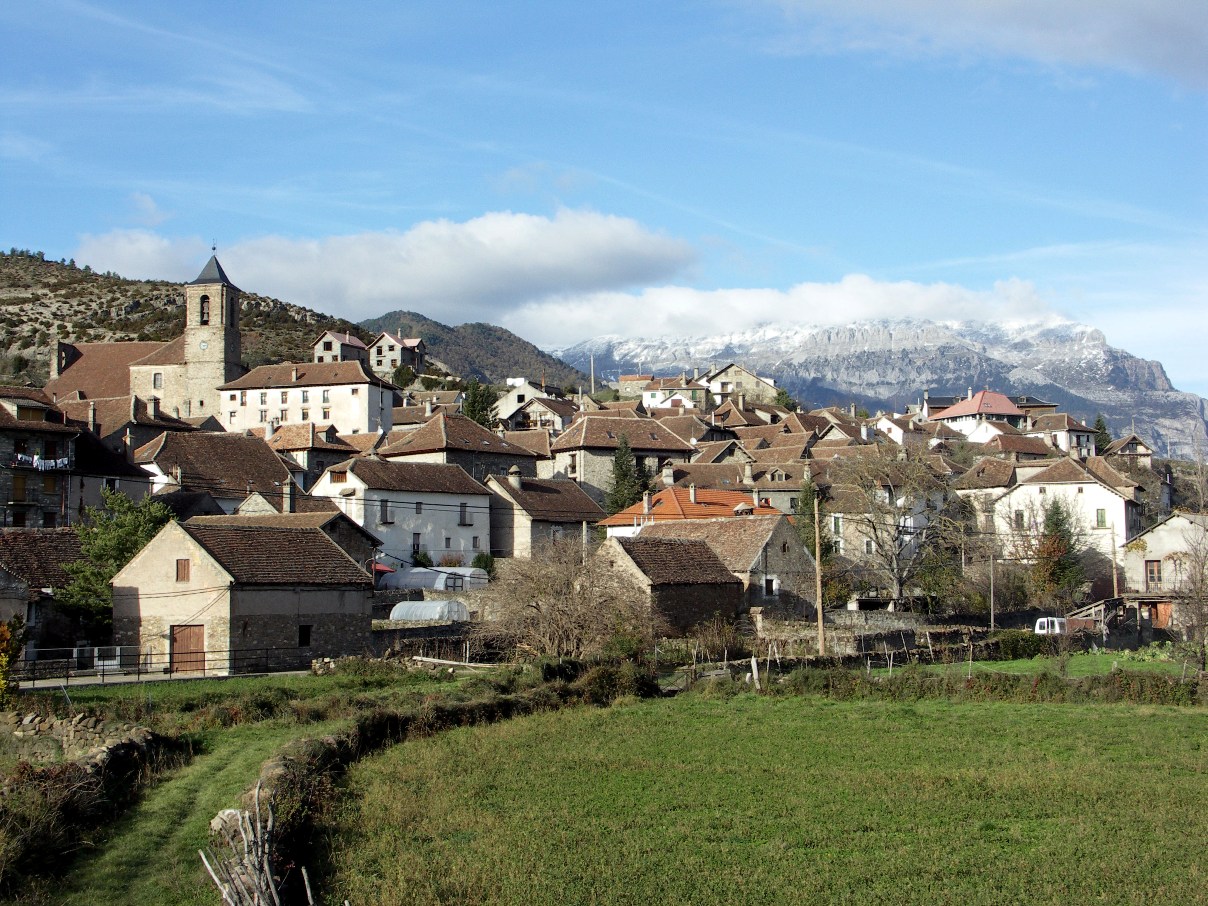
Hecho
Walk quietly along the cobblestoned alleys and pay attention to the roofs and the typical chimneys on the houses, which have remained almost the same form ancient times. The porticoes and shelters are some other architectonical details speaking about a rich past.
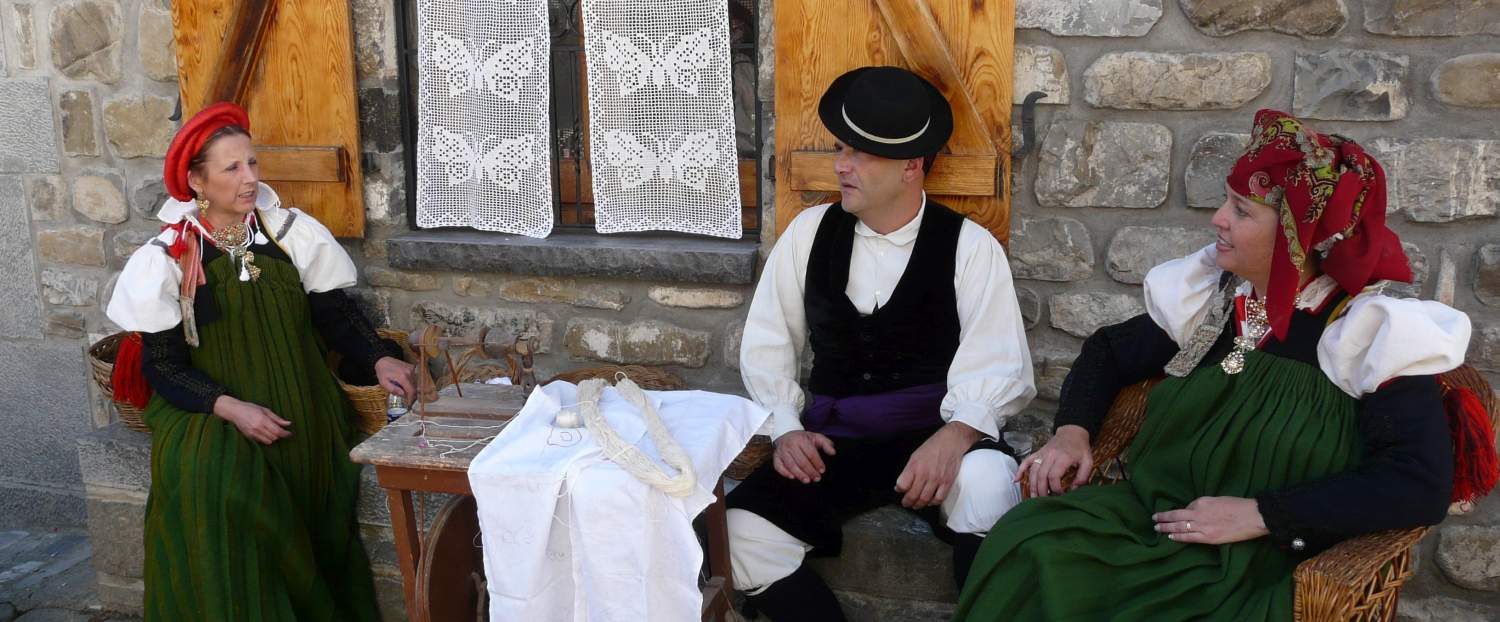
Ansó
In the western Aragonese Pyrenees, this typical high mountain hamlet will surprise you in its beauty and good condition, being its old part declared Historic-Artistic Heritage.
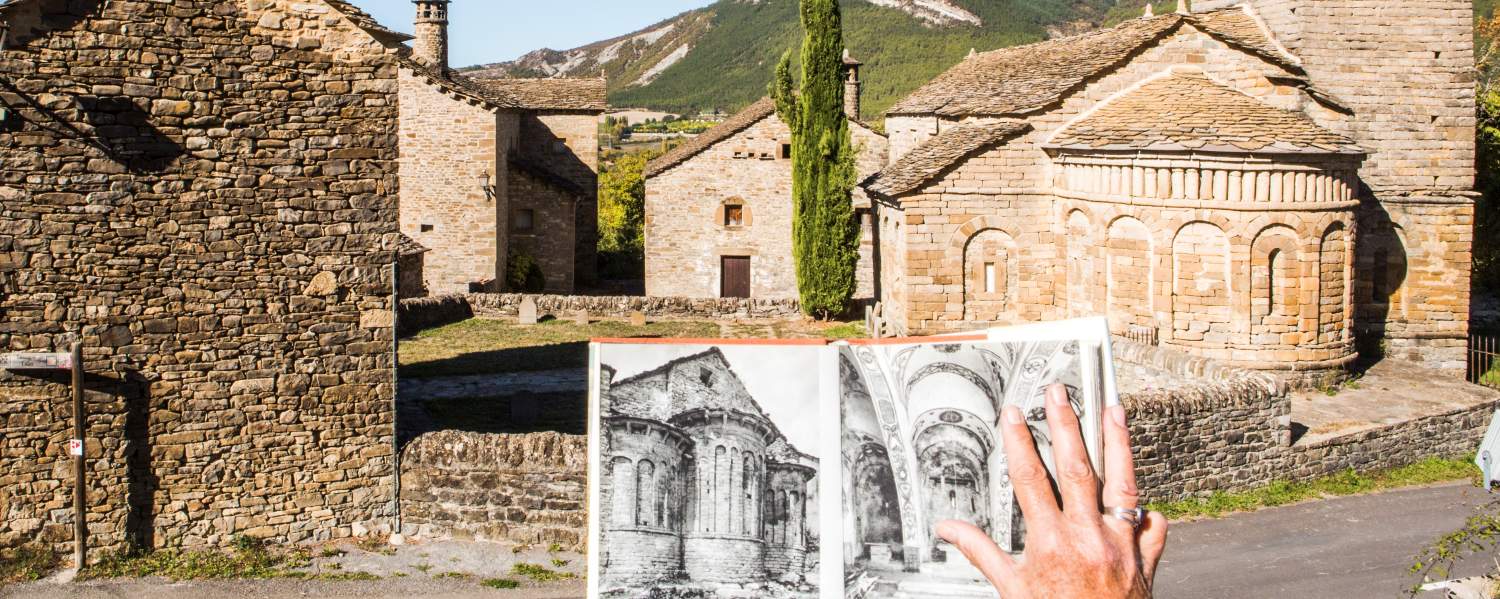
Serrablo Churches Route
These churches offer, as their main charm, being built in hamlets around Tena valley. Their architectonical traits made them unique and interesting, with artistic singularities from Lombard Romanesque style.
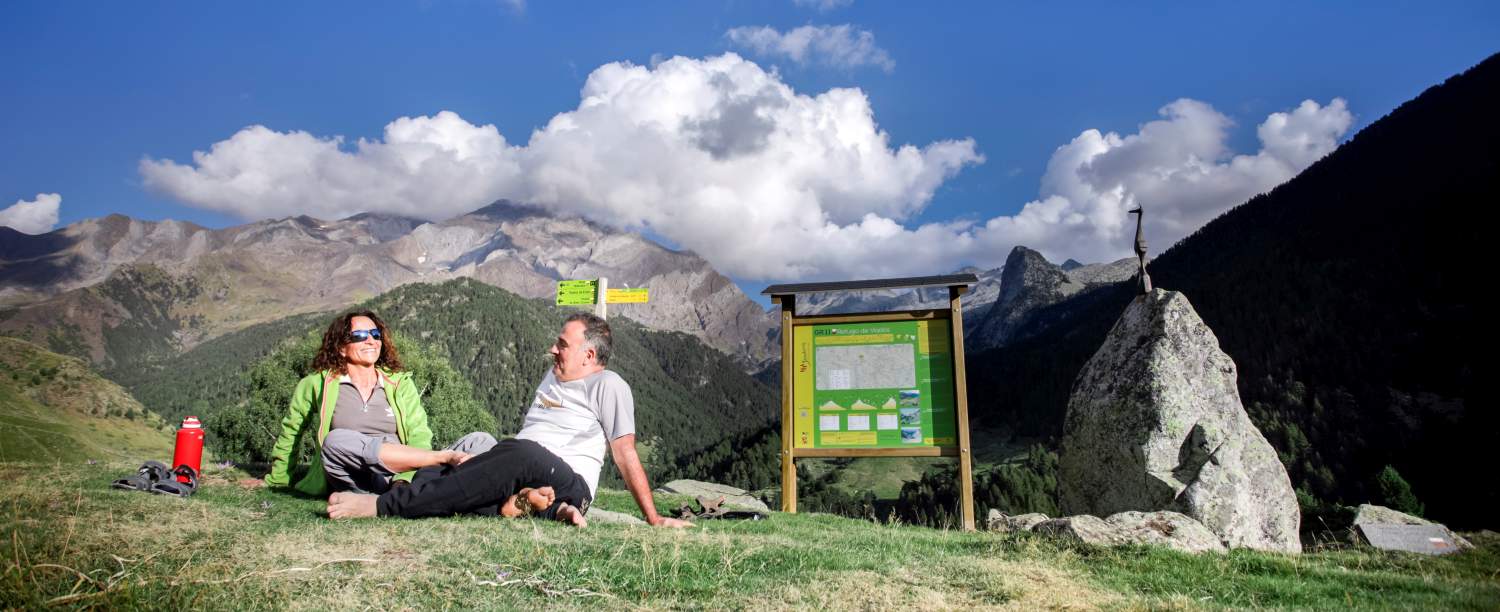
Chistau Valley
Chistau valley is surrounded by impressive peaks, numerous mountain lakes or ‘ibons’ and massive steep fields where the cattle grazes.
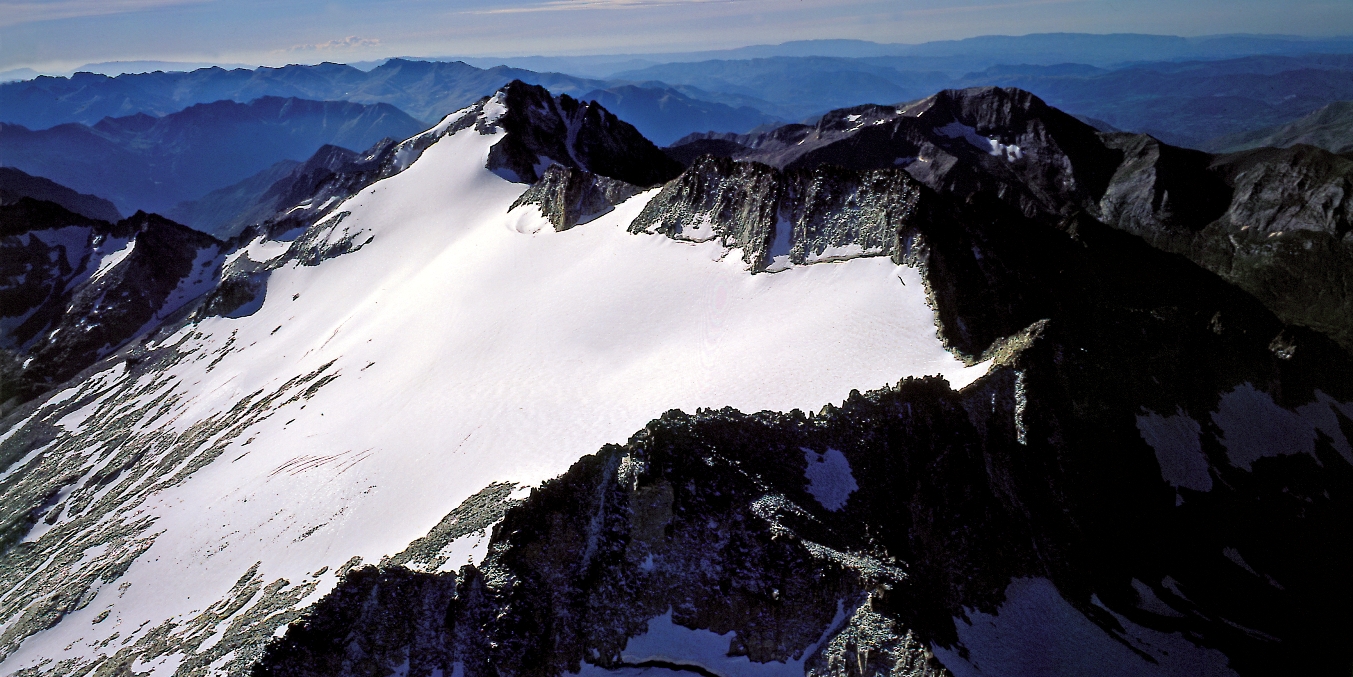
Posets-Maladeta Natural Park
The highest peaks in the Park, Aneto (3.404 m) and Posets or Llardana (3.369 m), are the highest ones in Aragón and the Pyrenees. Along with Pico Maldito, Maladeta and Perdiguero, form a heaven-on earth location for climbing enthusiasts.
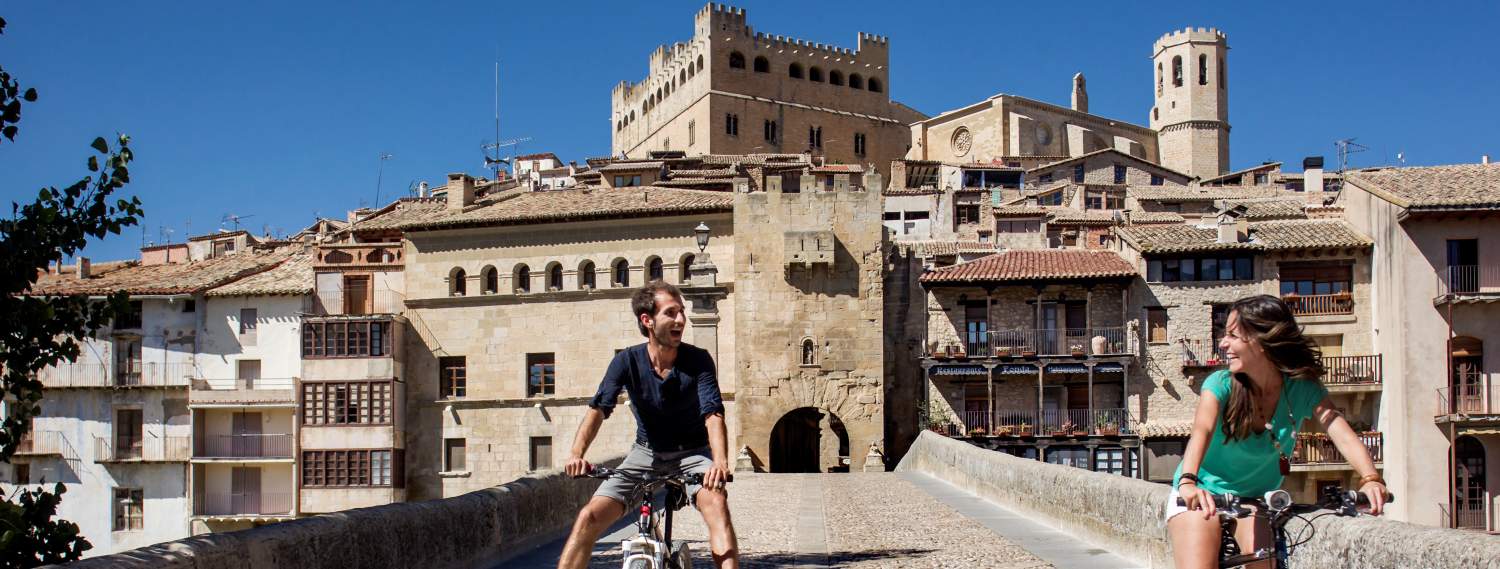
Valderrobres
Valderrobres is crowned by a monumental castle, connected to the gothic church ‘Santa María la Mayor’. In the main square, where you can enter through the magnificent stone bridge, the City Hall and several manor houses deserve being mentioned.
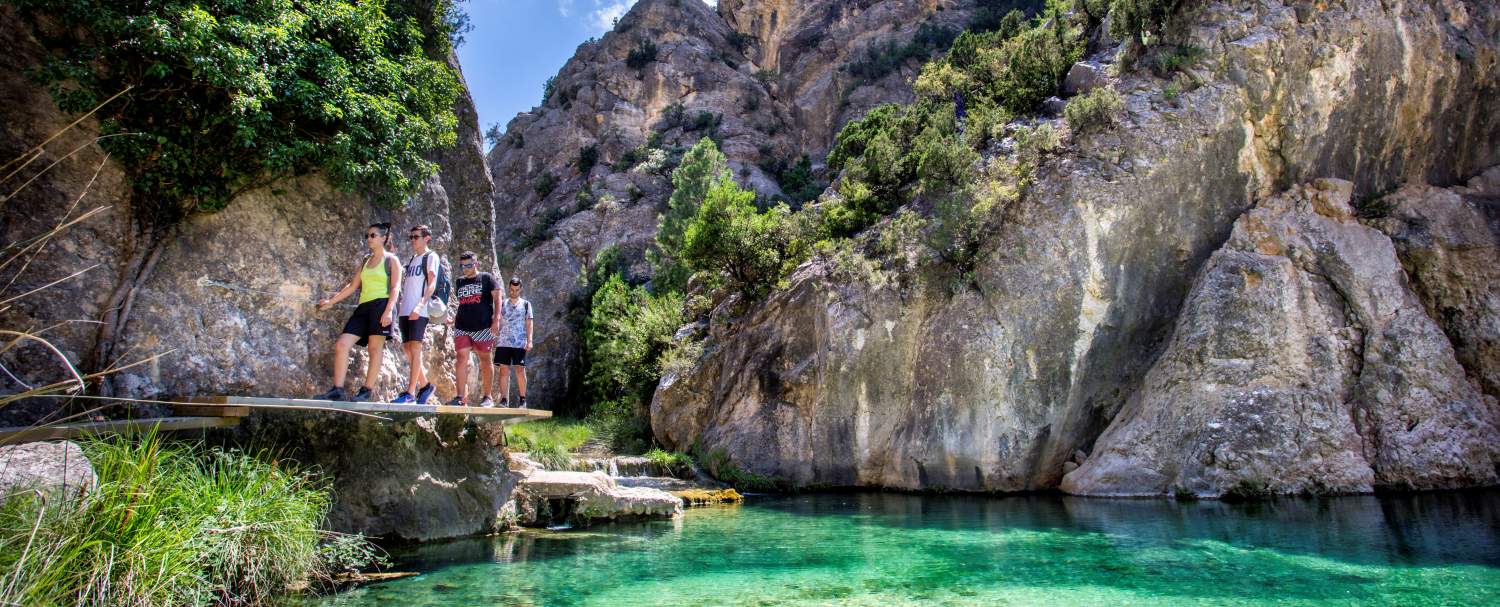
Beceite Hill Pass
‘Los Puertos de Beceite’ are a mountain range between the Ebro river valley and the Mediterranean, spread among Tarragona, Castellón ahd Teruel provinces. Their Sharp hills, holed by numerous rivers and canyons, hide impressive sceneries like ‘Parrissal de Beseit’, ‘Les Roques de Masmut’ ‘La Pesquera’ and ‘Salt de la Portellada’.
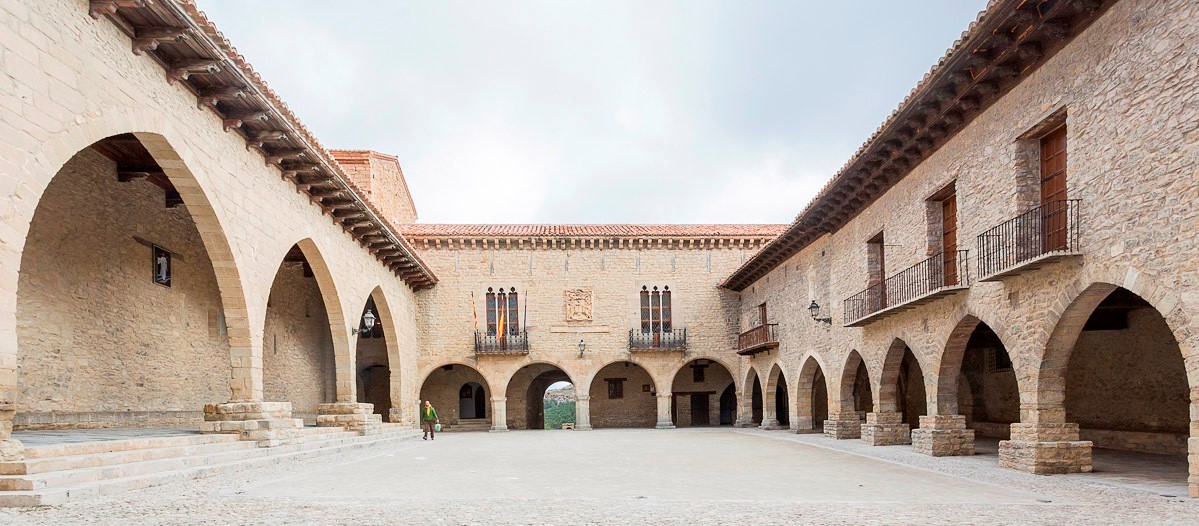
Cantavieja
Cantavieja means monuments, history and nature. Its physical medieval-like traits, invites you to walk along the alleys and disclosure the secrets and treasures of a rich and turbulent past where Templars, San Juan’s and Carlists, among others, left their prints and memories in the shape of buildings, stories, gastronomy, ways and paths.
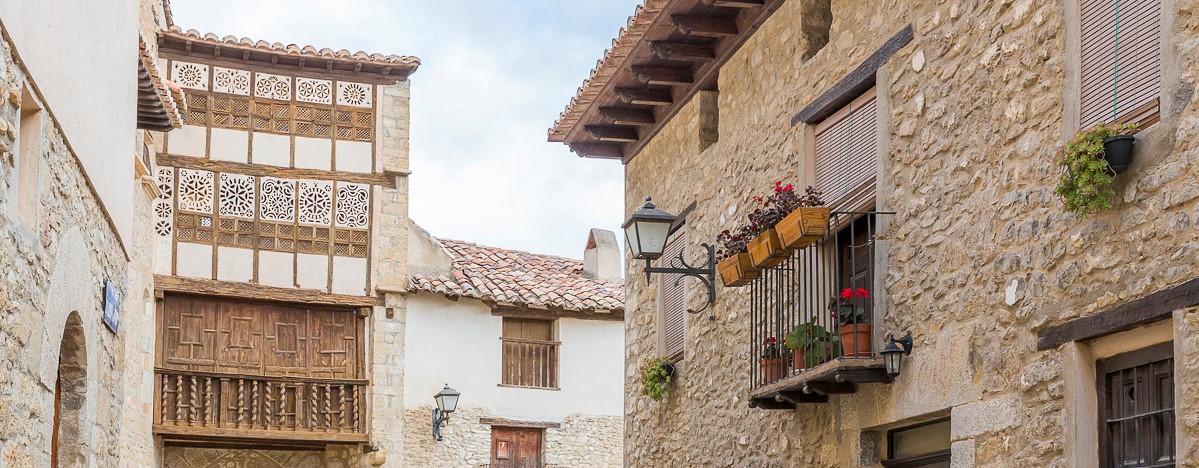
Mirambel
Walking around Mirambel will take you back in time. The old part, one of the prettiest in Aragón, deserved the Europa Nostra prize for being duly preserved. It is a medieval monument which belonged to San Juan Military Order and whose city walls are perfectly kept.
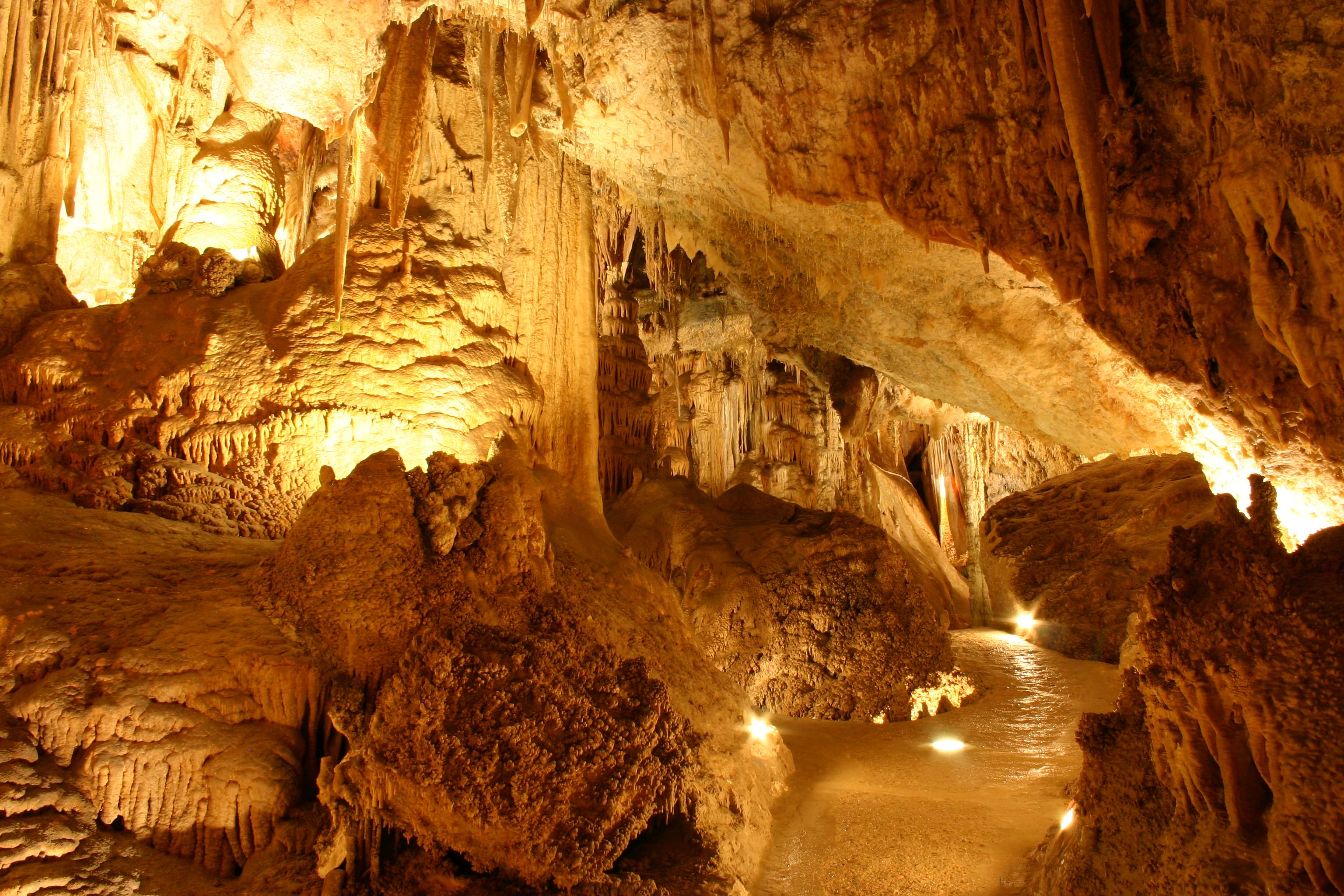
Crystal Caves of Molinos
Crystal Caves, in Teruel’s province town of Molinos, will lead you through a passionate travel to the underground. Stalactite and stalagmite, columns, curtains and waterfalls, in several colours and crystallizations, have made them deserve this award.
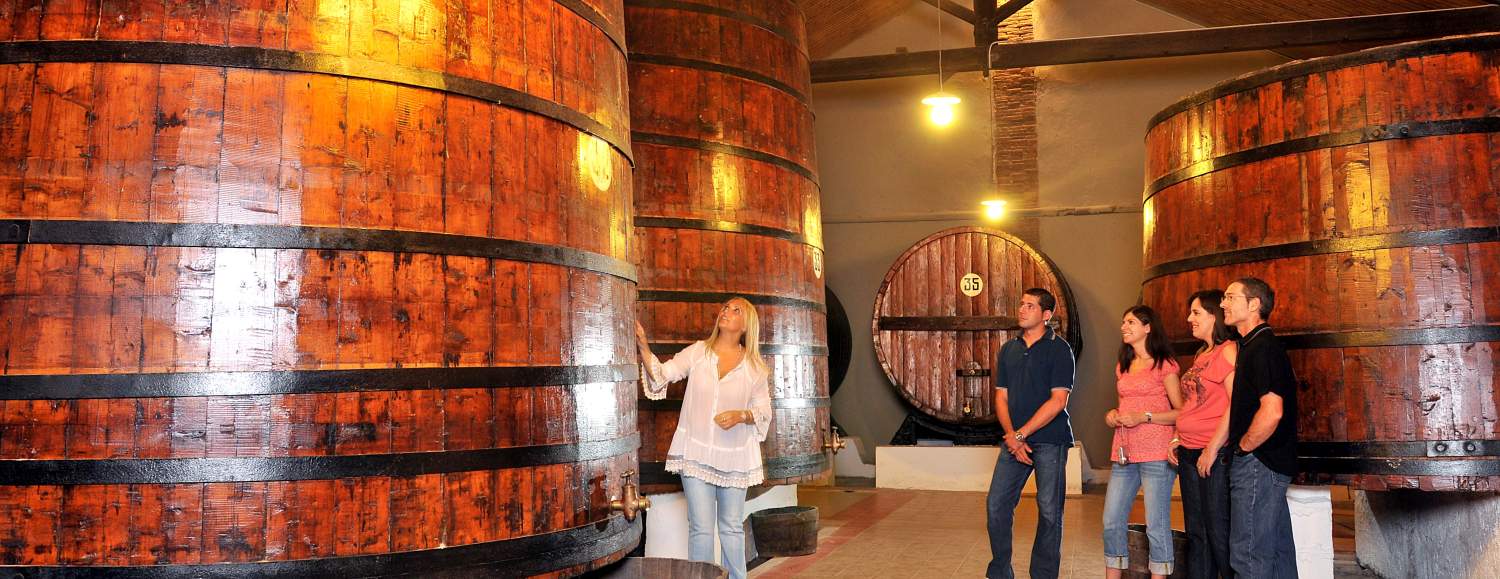
Somontano’s Wine Route
It is a transition land between Ebro valley and the Pyrenees which offers a good climate for vineyards, so grapes growing arrives earlier than in the rest of vineyard areas in Aragón. Most produced varieties Cabernet Sauvignon, Merlot, Tempranillo and Chardonnay.

Calatayud’s Wine Route
Calatayud is a vineyard, Mudéjar and baths land. It contains unique natural resources, such as Monastery ‘de Piedra’, a wide offer of healthy baths, golf resorts and a magnificent heritage to be discovered while visiting cellars and tasting excellent wines.
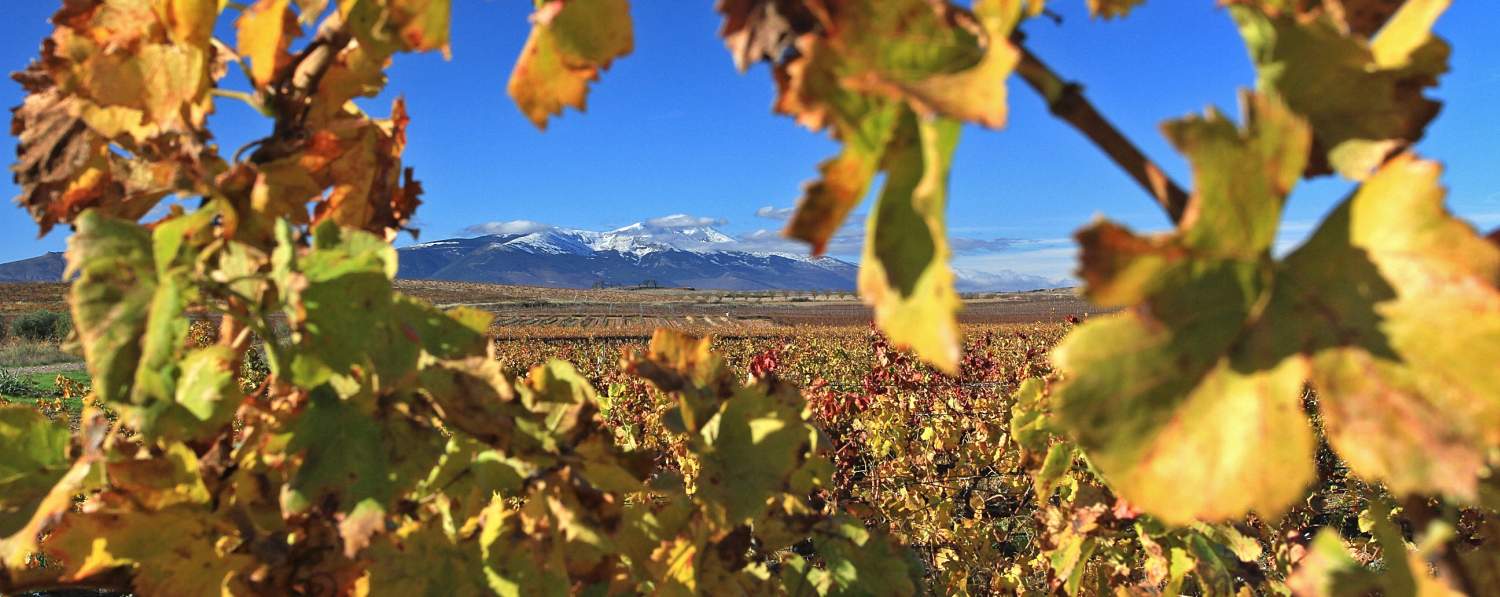
Garnacha’s Wine Route
It was the Cistercian monks at Monastery ‘Veruela’ who fostered vineyard farming, particularly Garnacha variety, indigenous from these lands, as it adapts perfectly to these lands and climate.
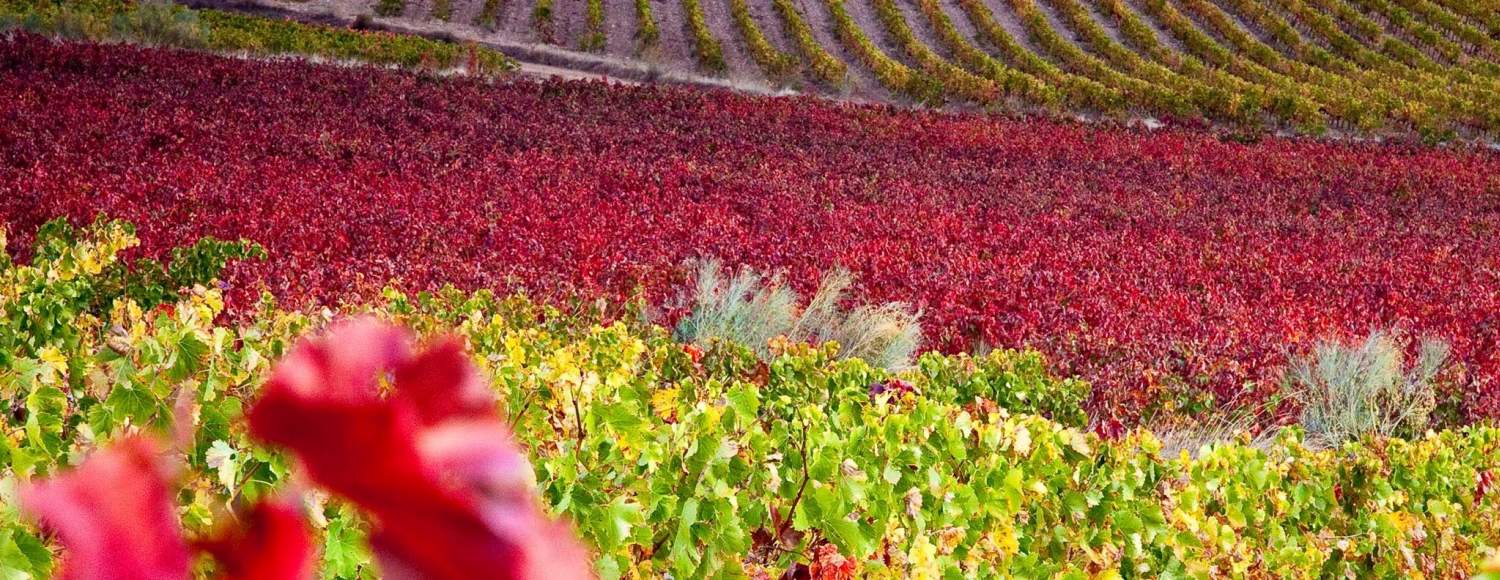
Cariñena’s Wine Route
Wine tradition in this land is deep-rooted, as Romans loved these wines. Visiting Cariñena during Vintage Celebrations will let you attend the first grape smashing and Fountain ‘de la Mora’ lit.
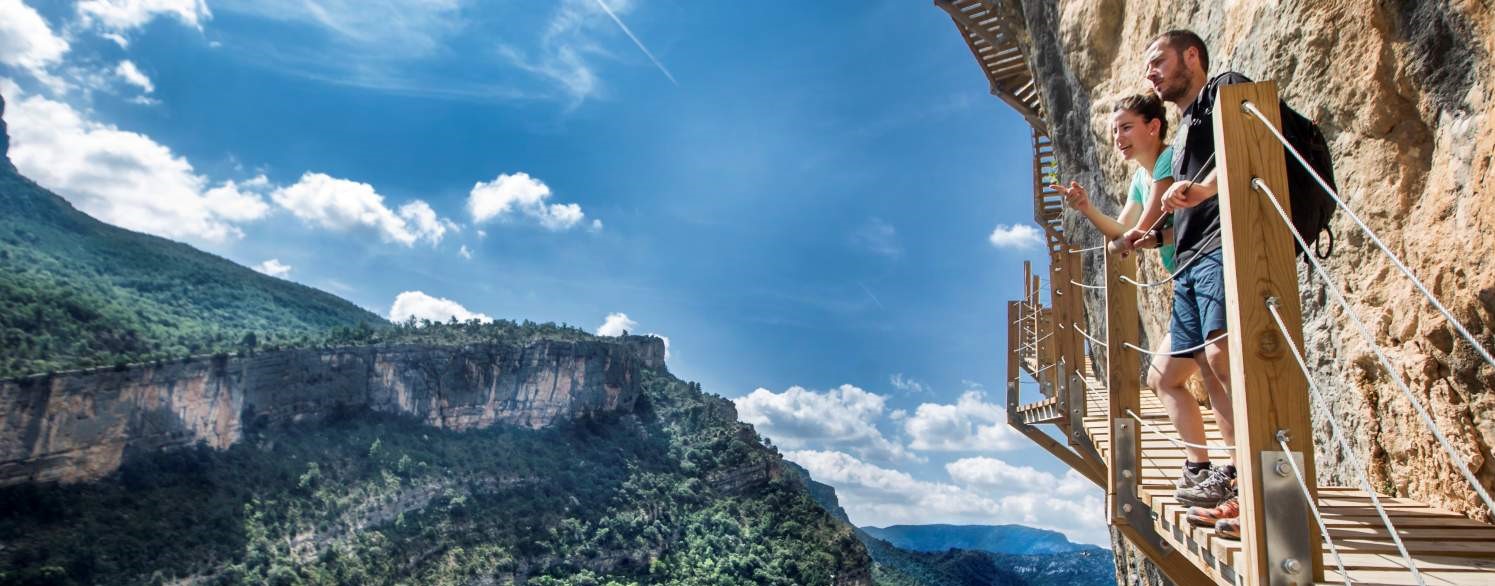
Mont Rebei Canyon
Noguera Ribagorzana river is the natural border between Aragón and Catalonia, in the Pyrenees. It faces the Montsec hills sin the Mont Rebei canyon, a massive 300 m deep crevice. You can walk it over a narrow corridor whose sightseeing is amazing.
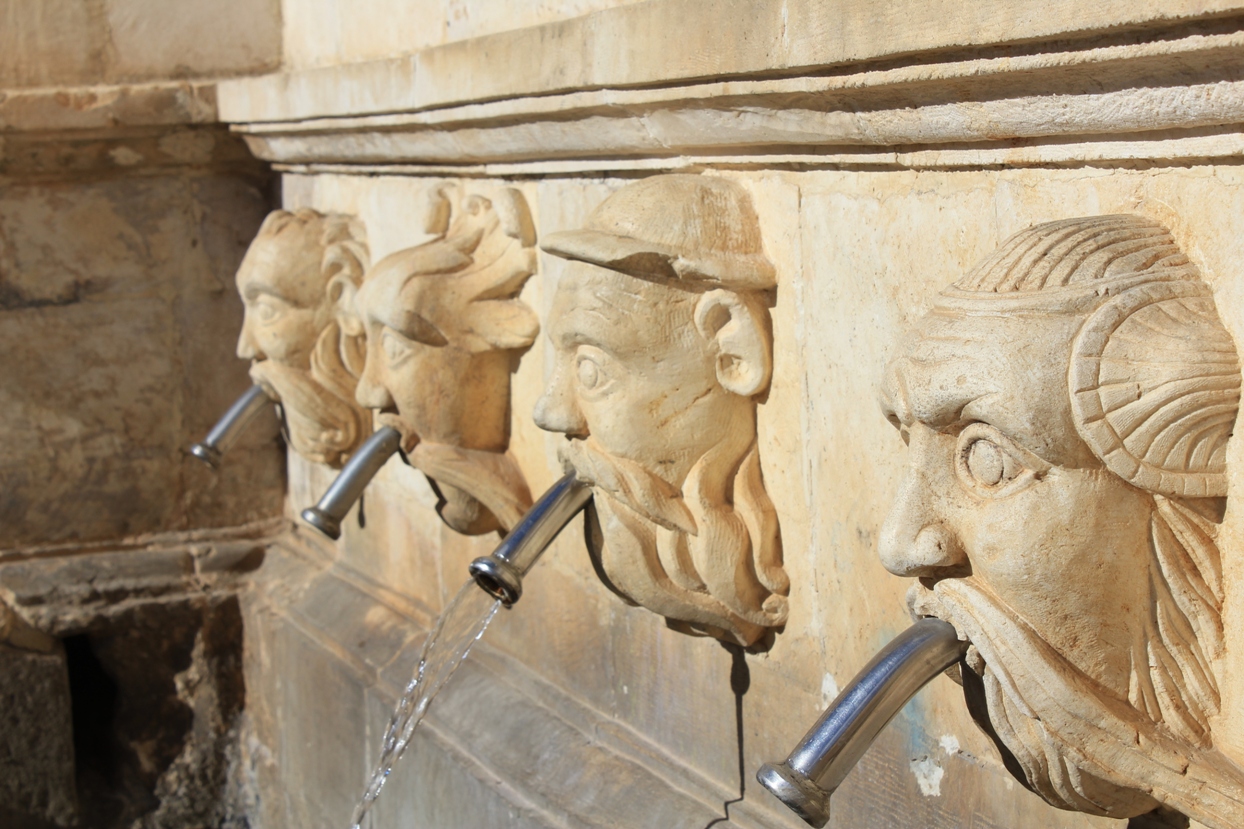
Fonz
Holiday destination for Lérida’s bishops in 16th century, Fonz became a little summer court during the Renaissance, what has left as legacy a bunch of manor houses around the main square (Plaza Mayor), declared in itself Historic-Artistic Heritage.
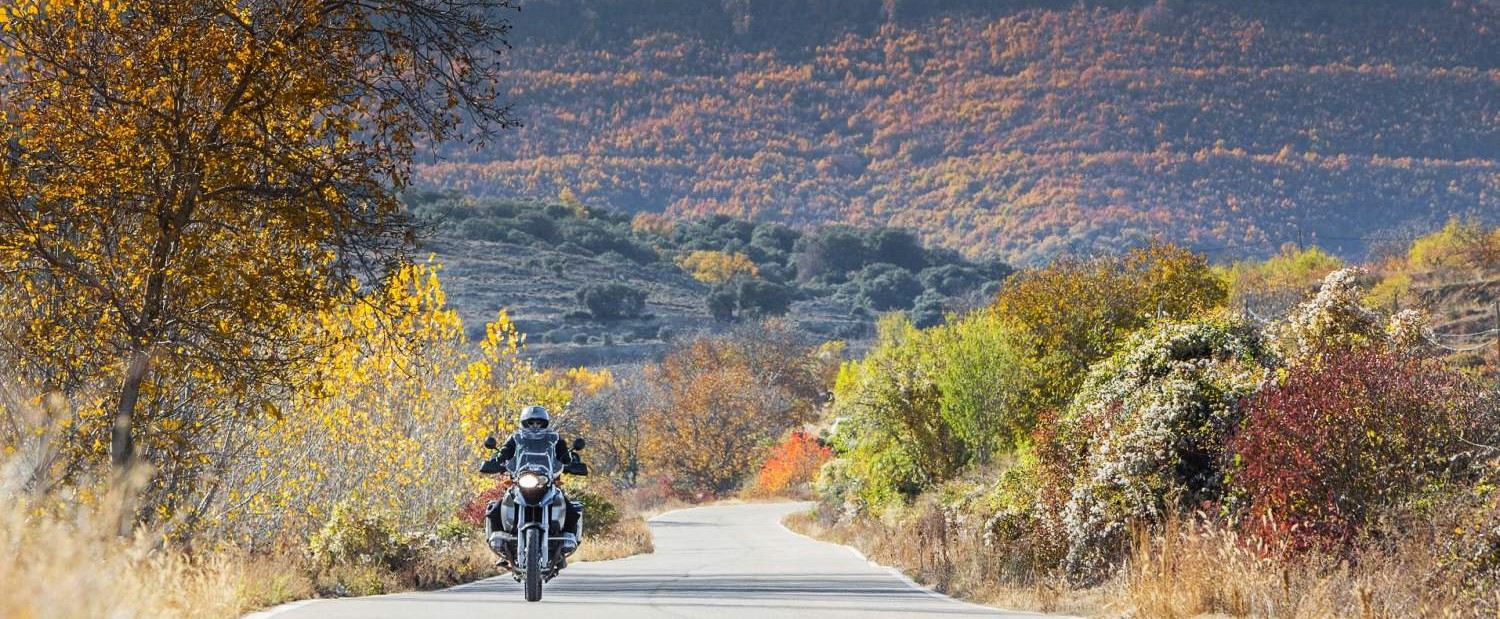
Moncayo Natural Park
Moncayo Natural Park spreads throughout 11,000hectares. Its height and isolation have provided it an outstanding vegetal variety and being so close from Saragossa makes many visitors to spend their weekend in the middle of nature at this privileged location.
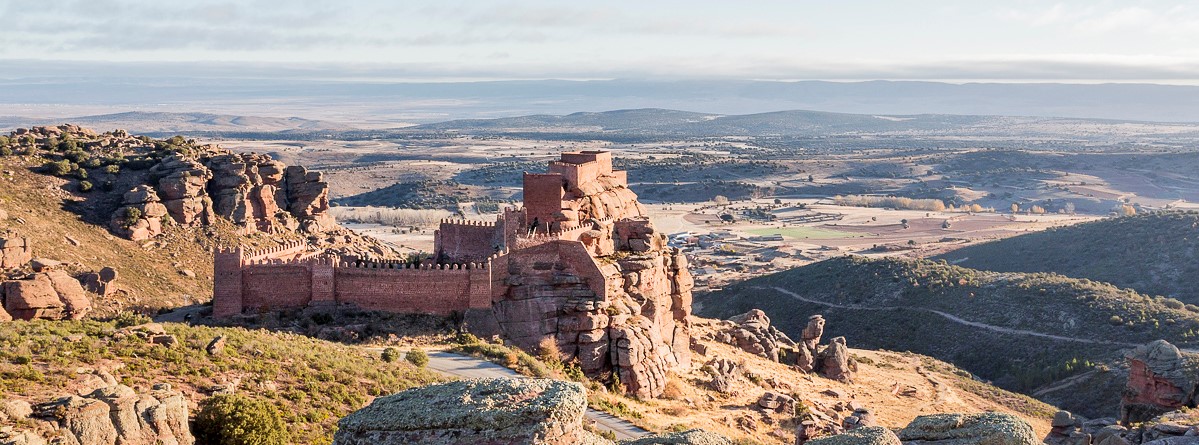
Peracense castle
Peracense castle is one the most beautiful and impressive in Aragón. It was built on the top of a rock in the 13th century to defend the border. It was a feudal castle, prison and an important fortress during the Carlist wars.
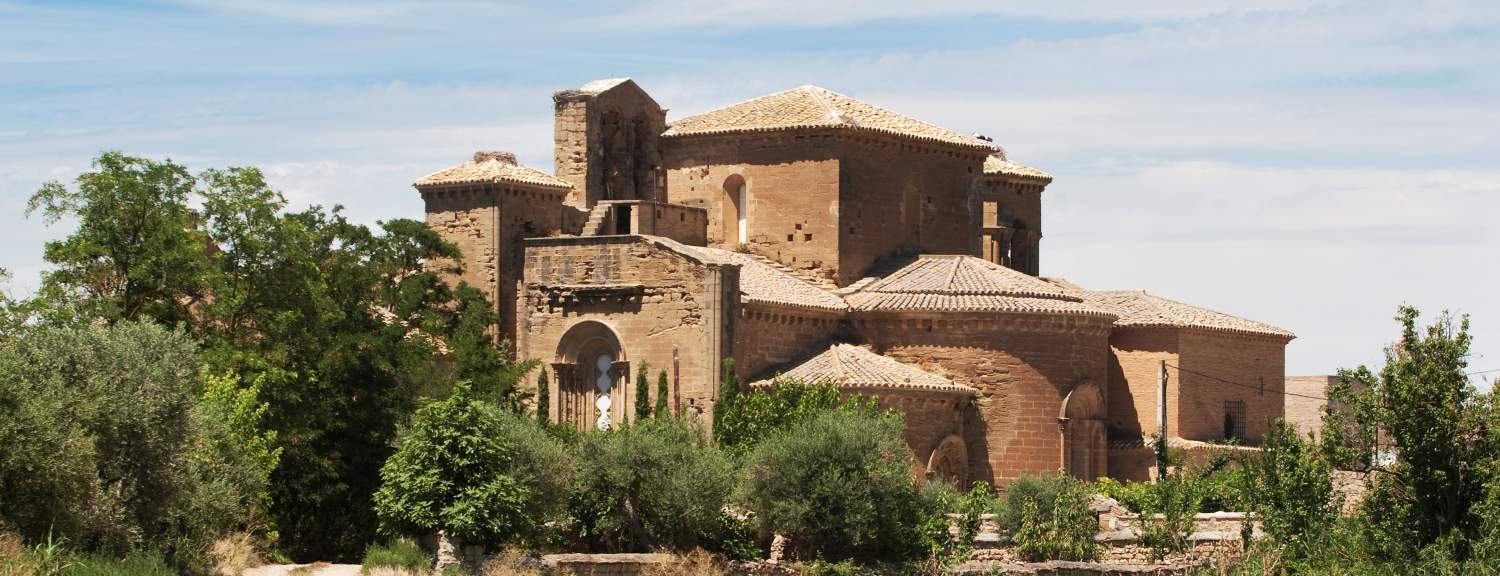
Sijena Monastery
It sheltered inside its walls Queens, princesses and noble families’ daughters. Queen Sancha herself stayed permanently in it when she became widow. It also was used a royal treasure deposit and turned into one of the most important files in the Kingdom.
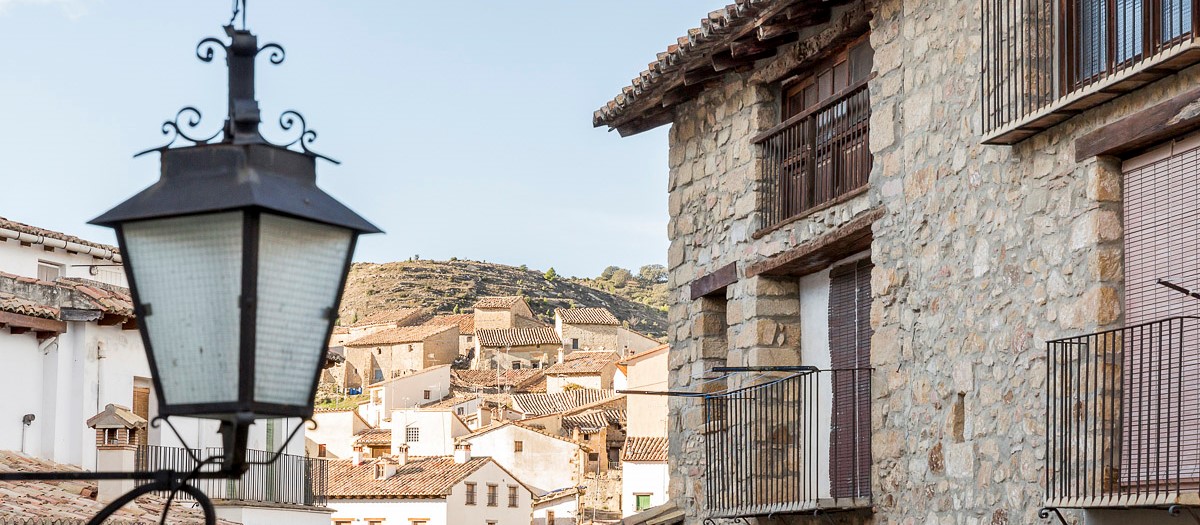
Rubielos de Mora
With its town walls, Renaissance manor houses and picturesque corners, offers one of the nicest old parts in the country, and whose accurate restoration was acknowledged by the Europa Nostra prize.
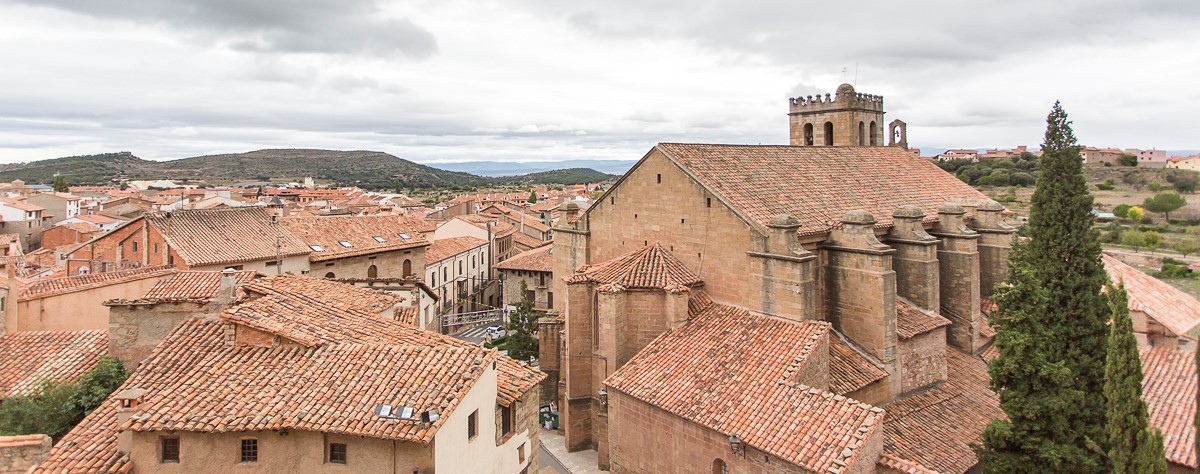
Mora de Rubielos
Gothic style gets fully carved into the stone of the former monastery “Colegiata de Santa María” and the impressive castle, which crowns the area and is one of the best preserved in Aragón.
